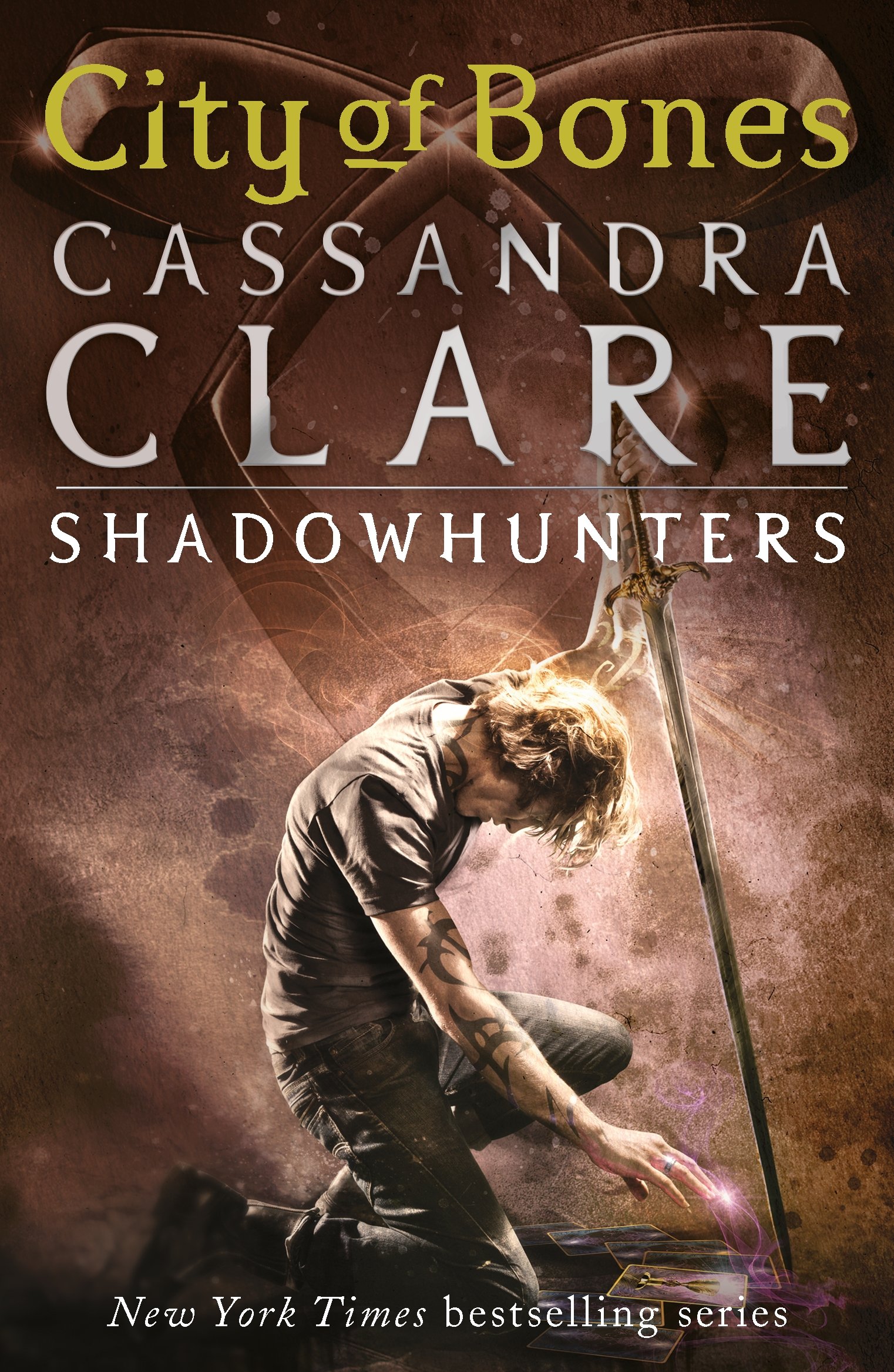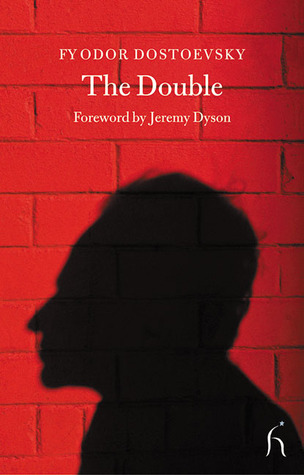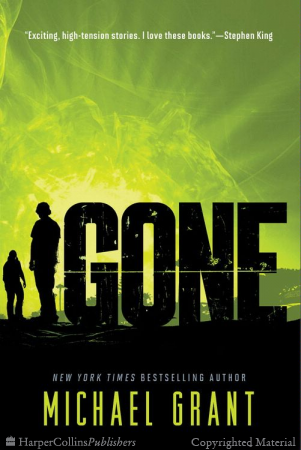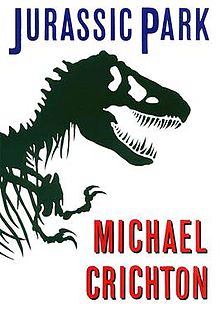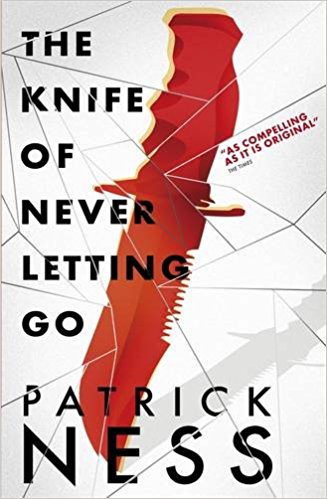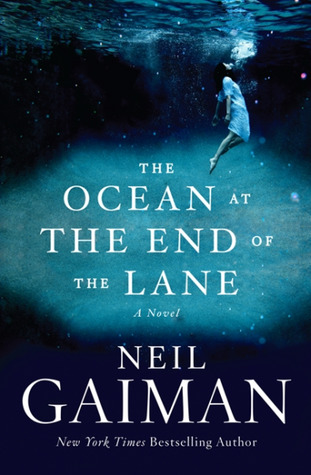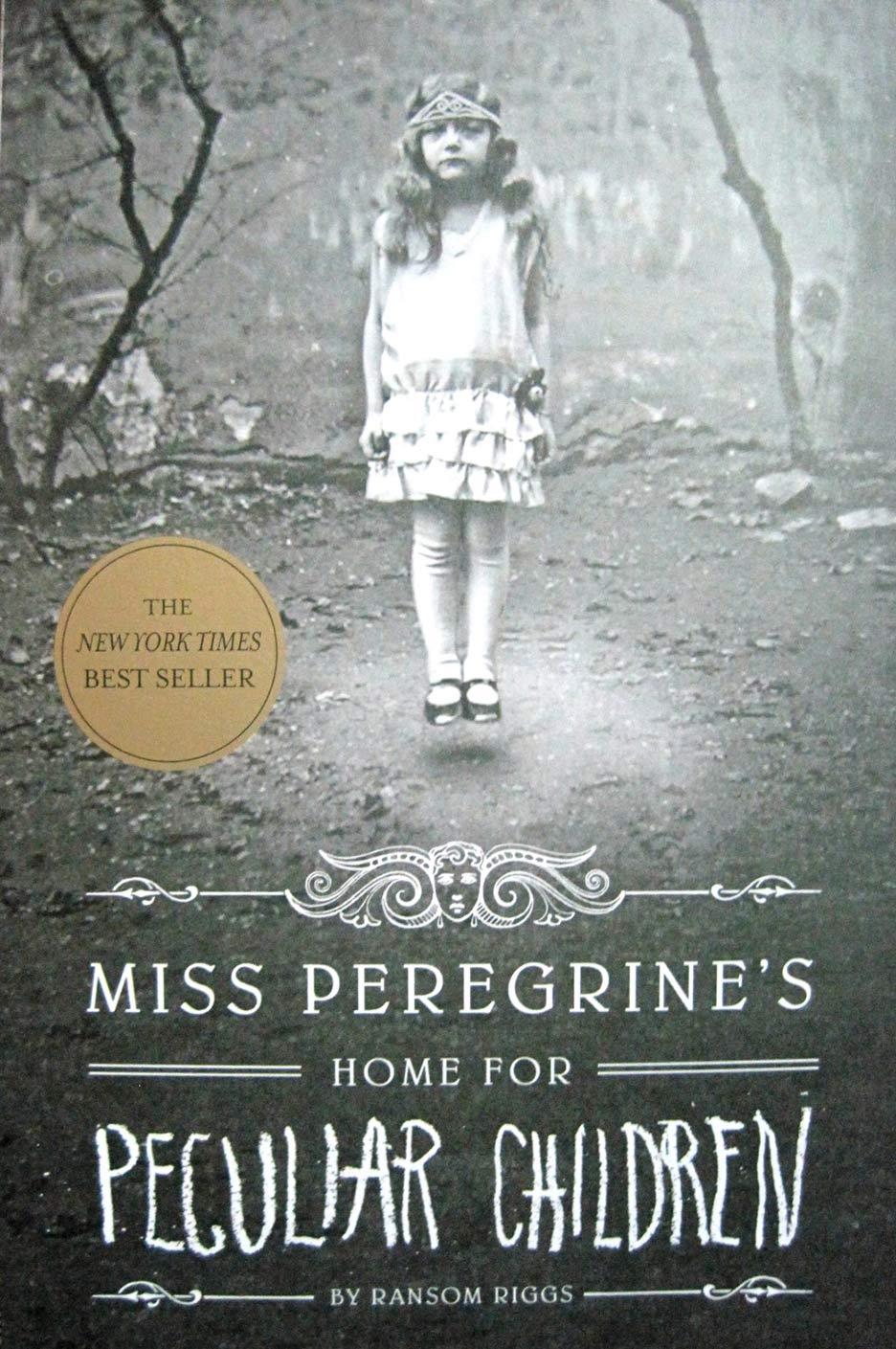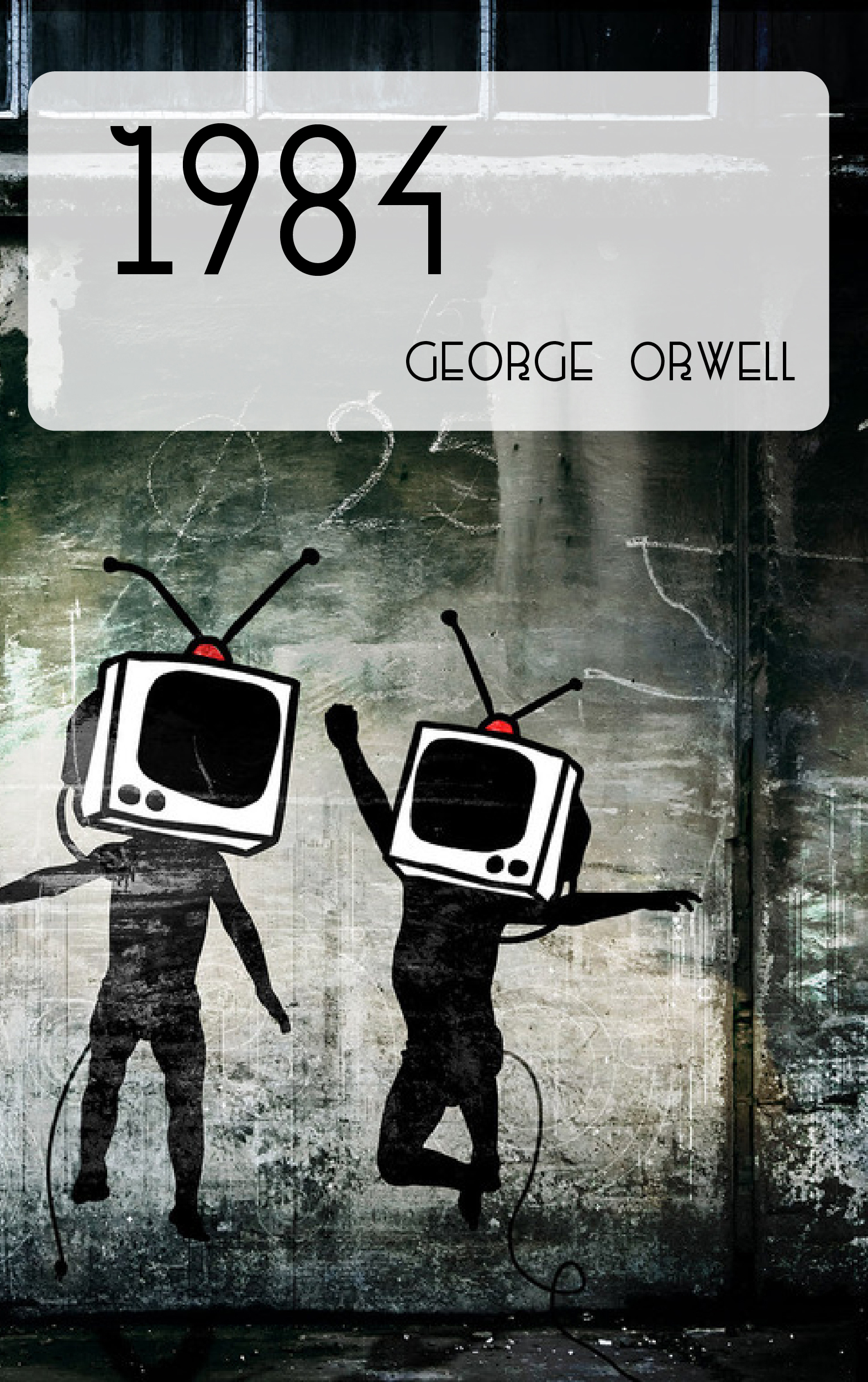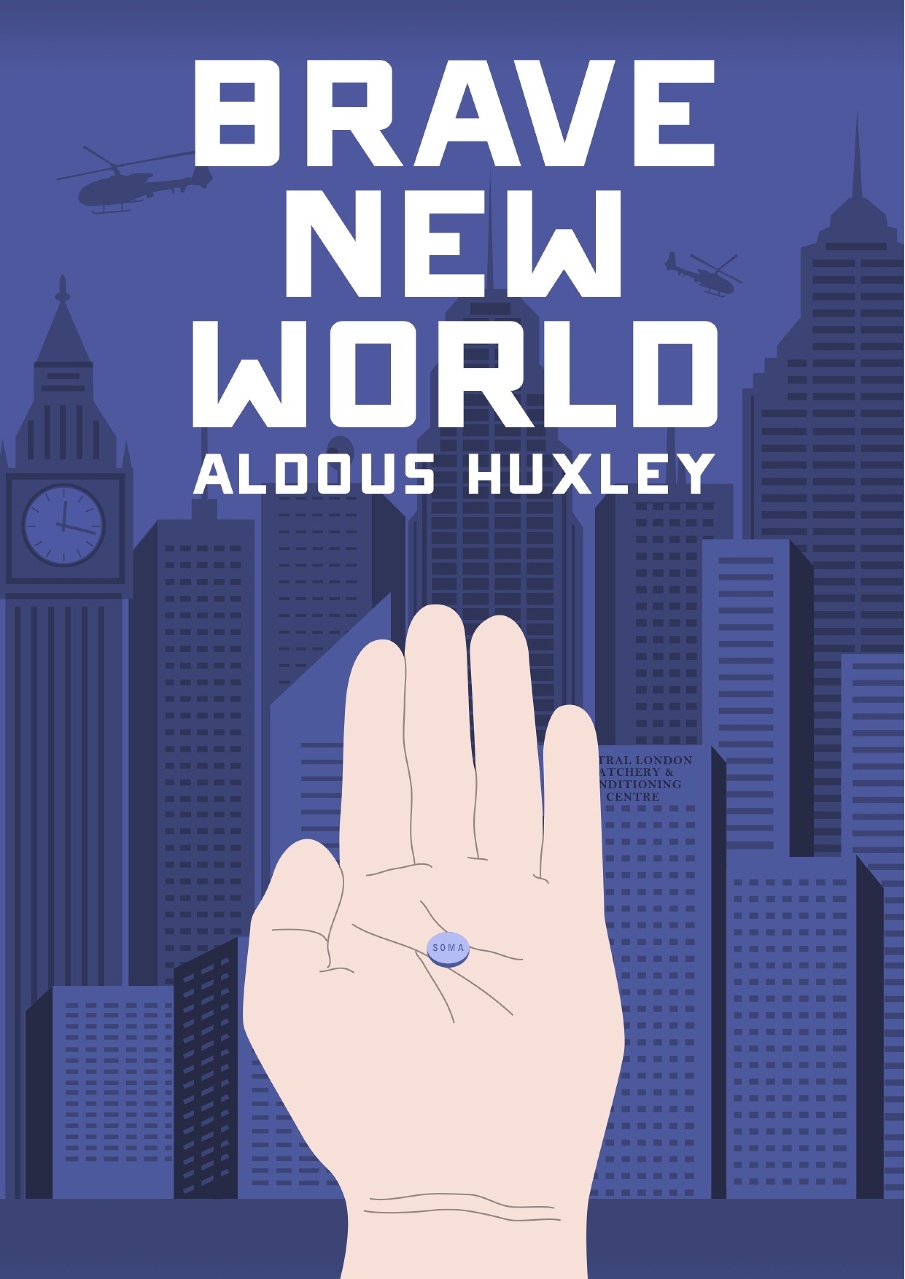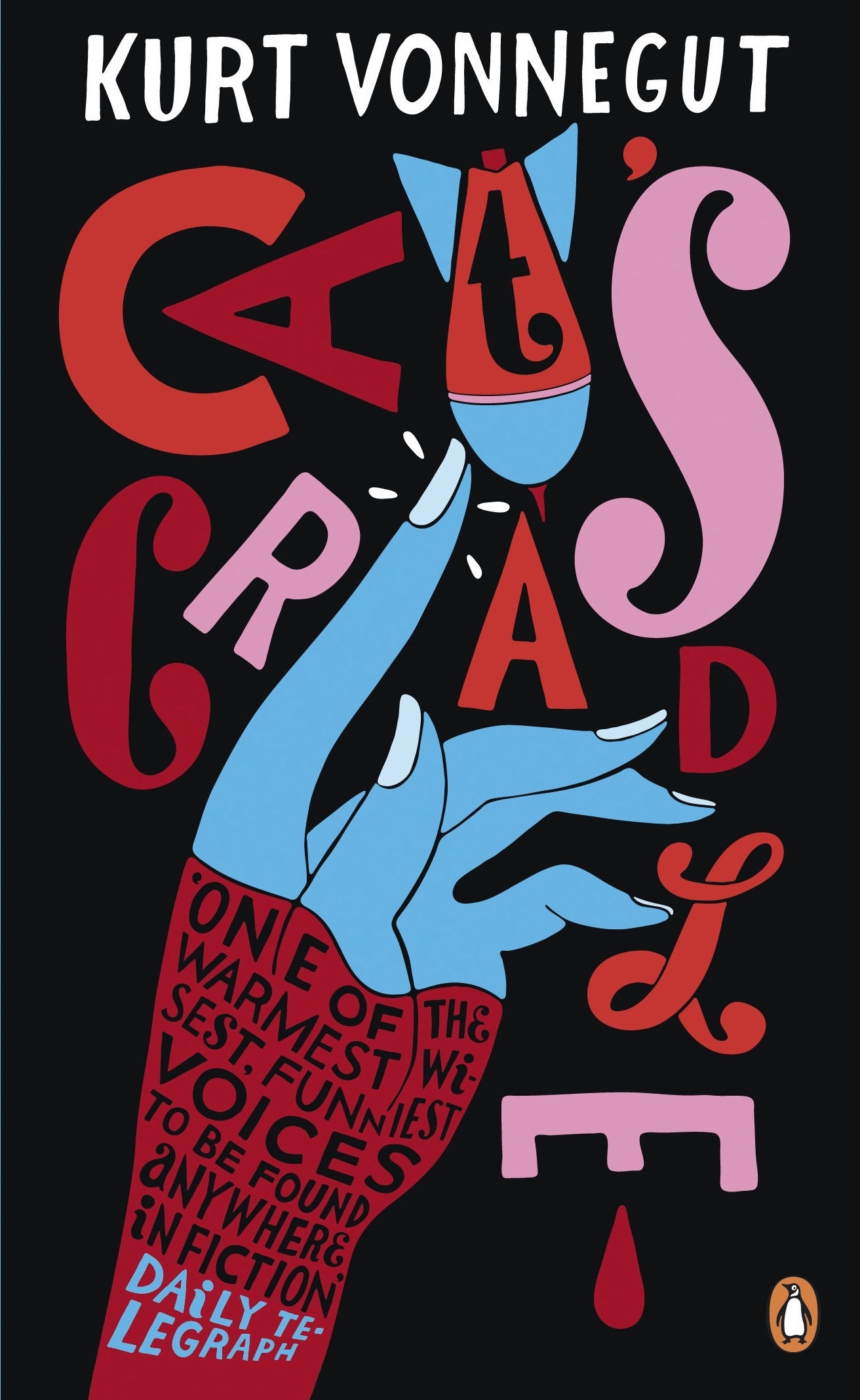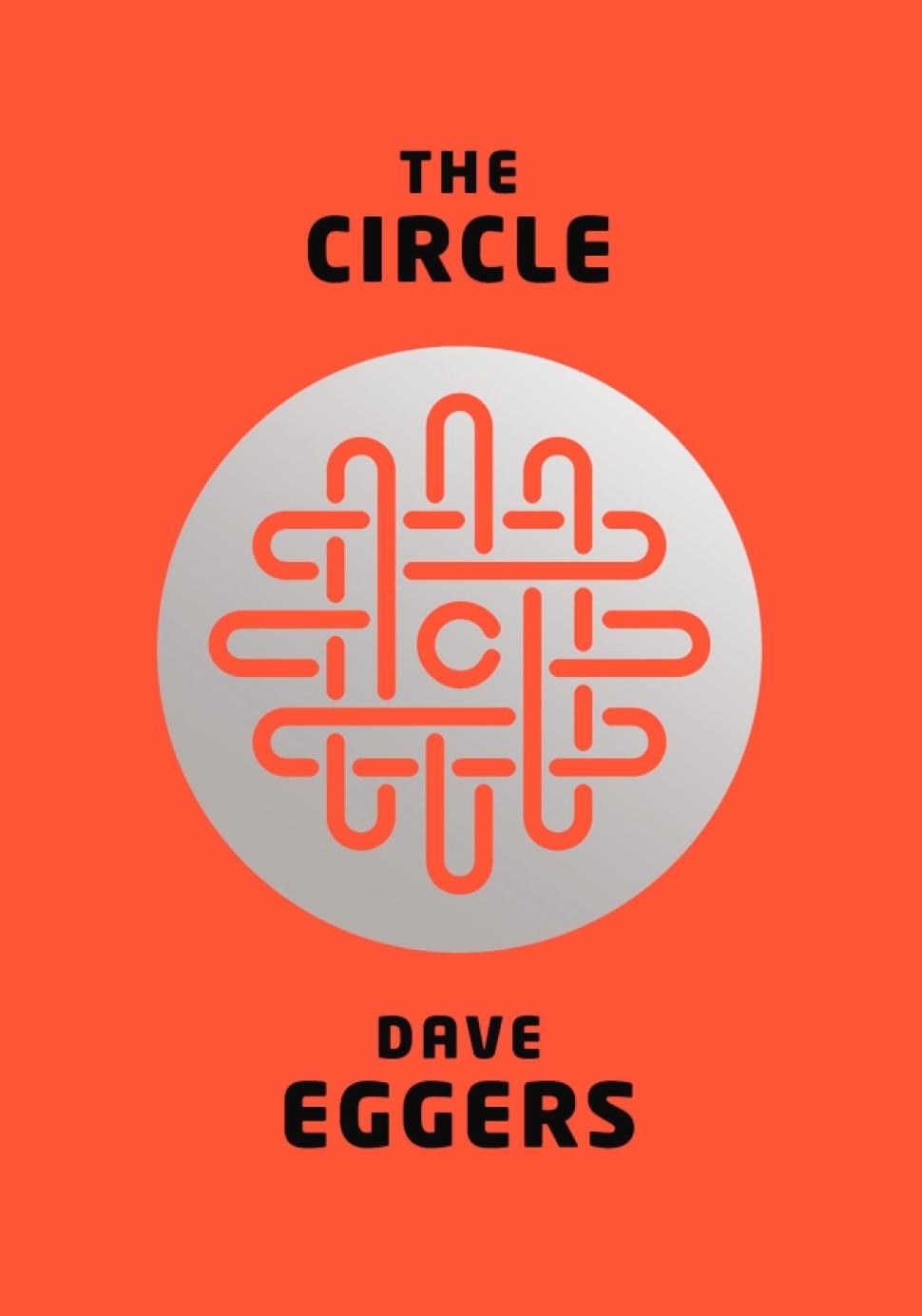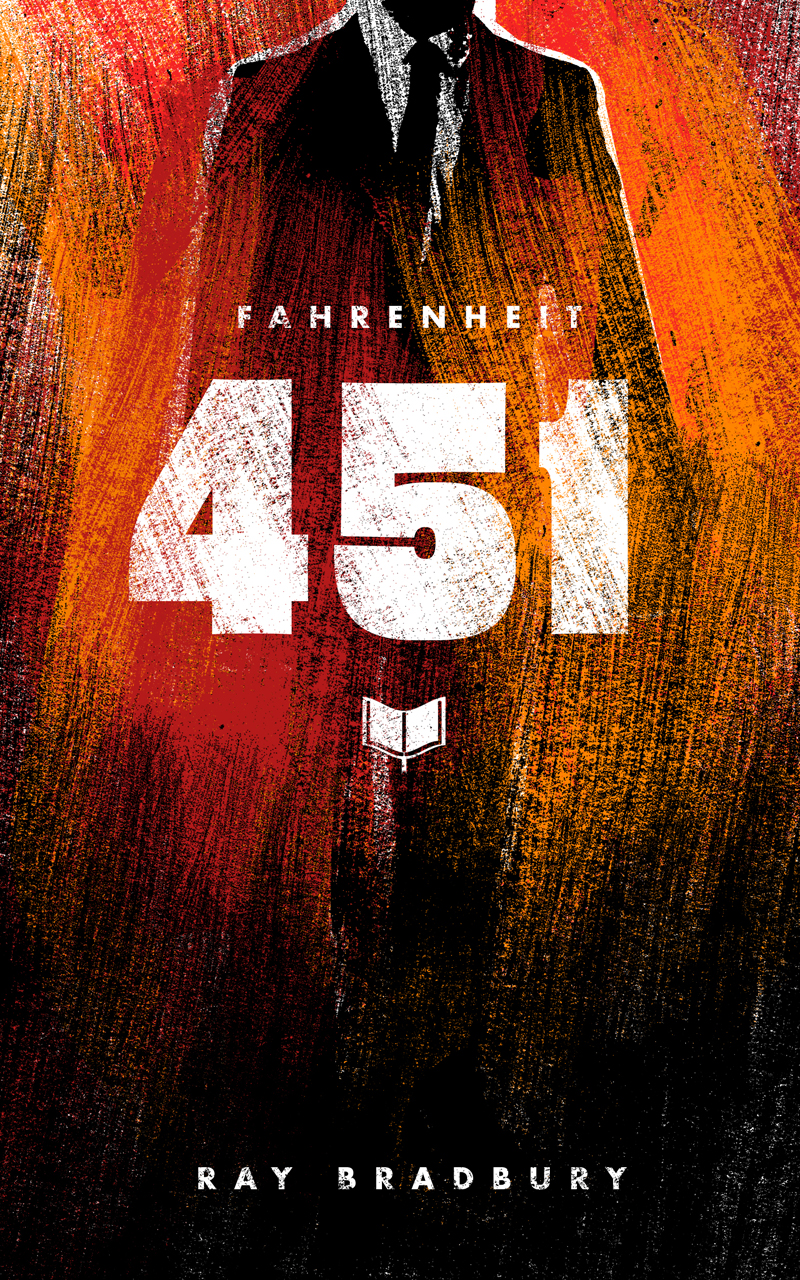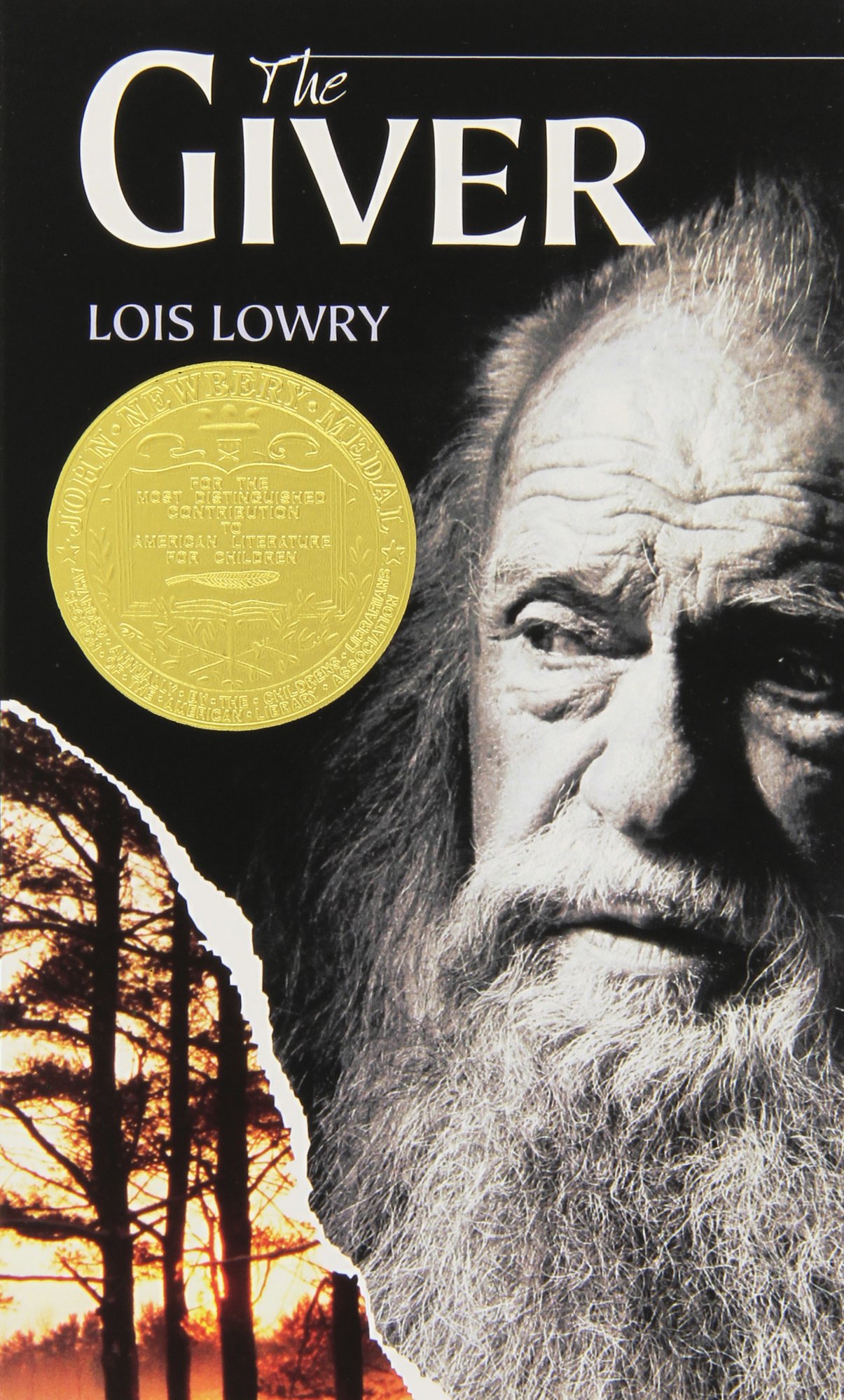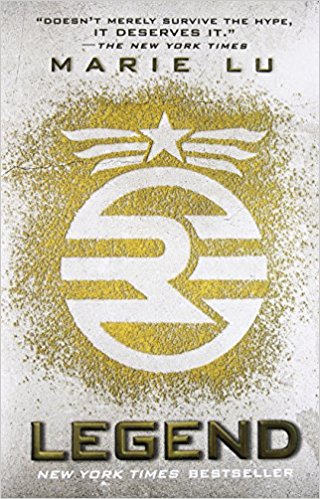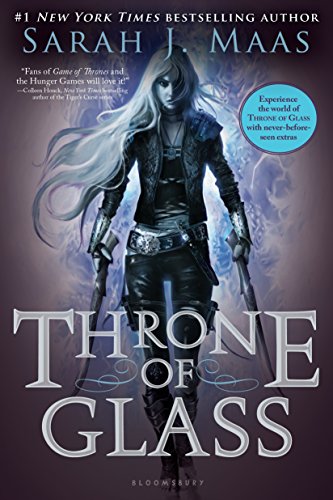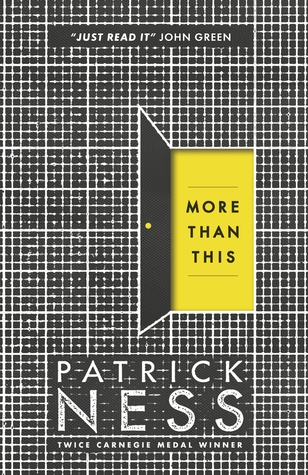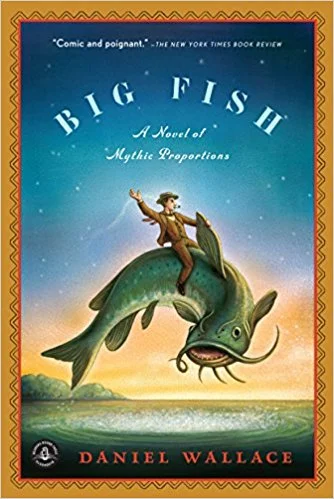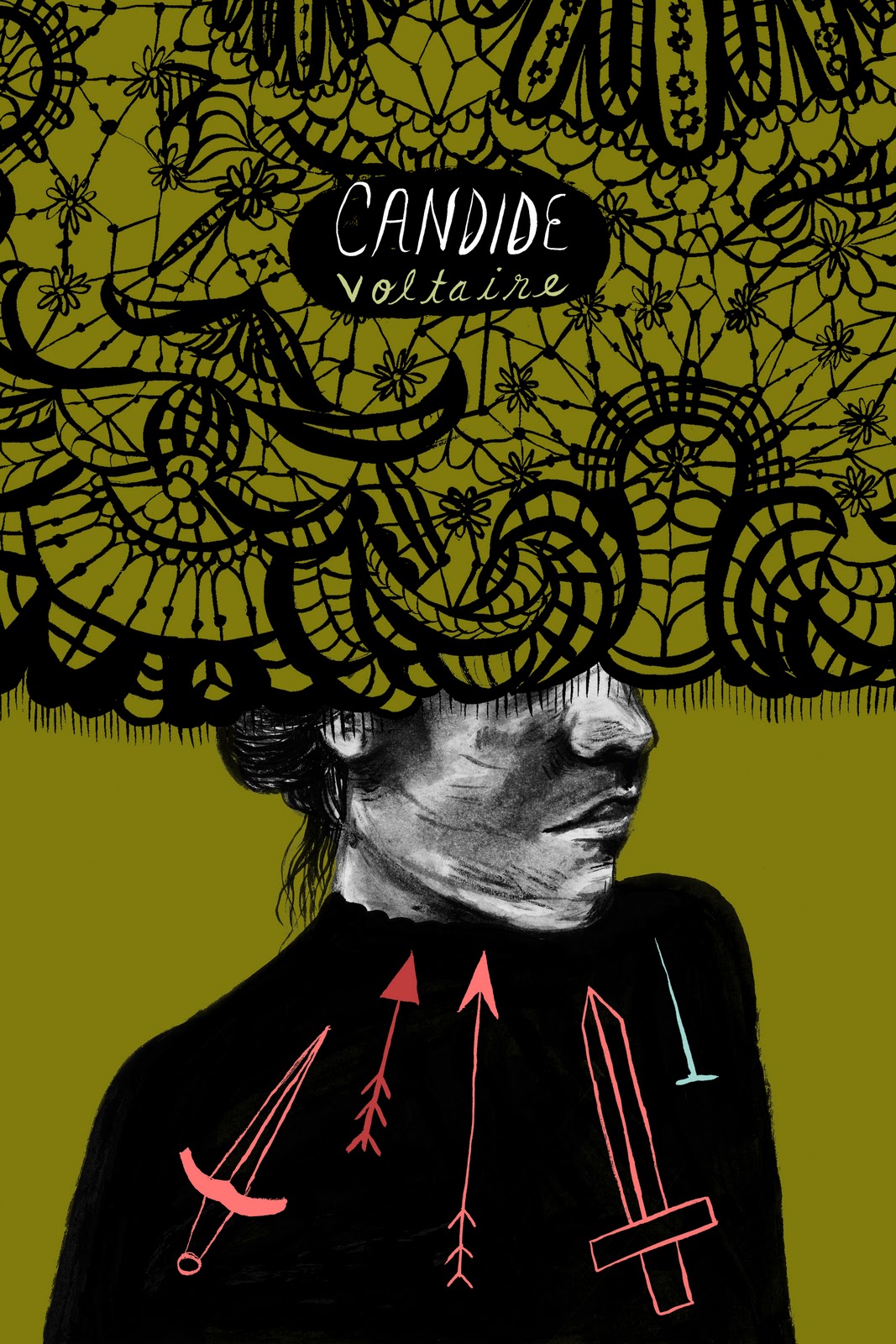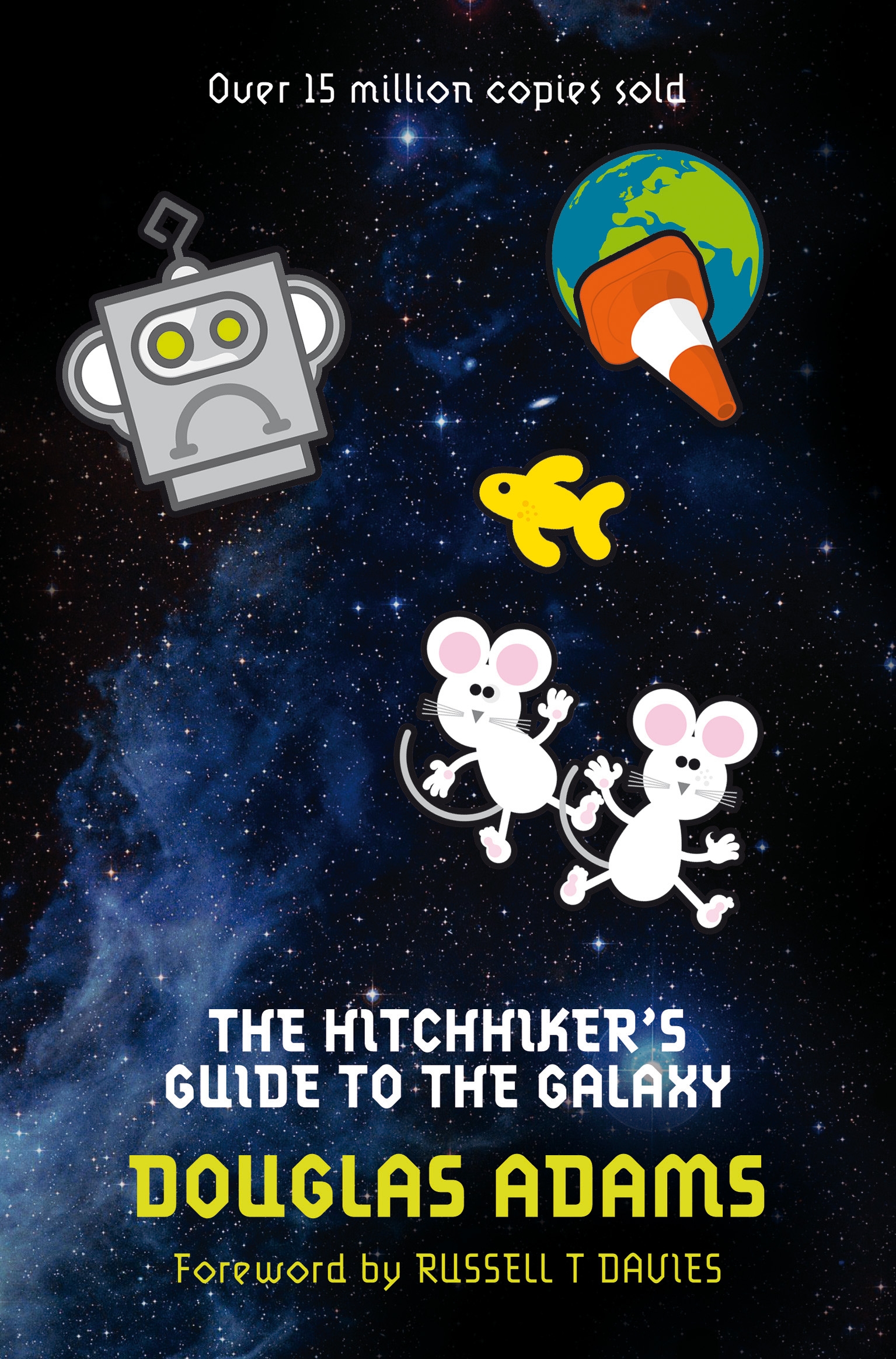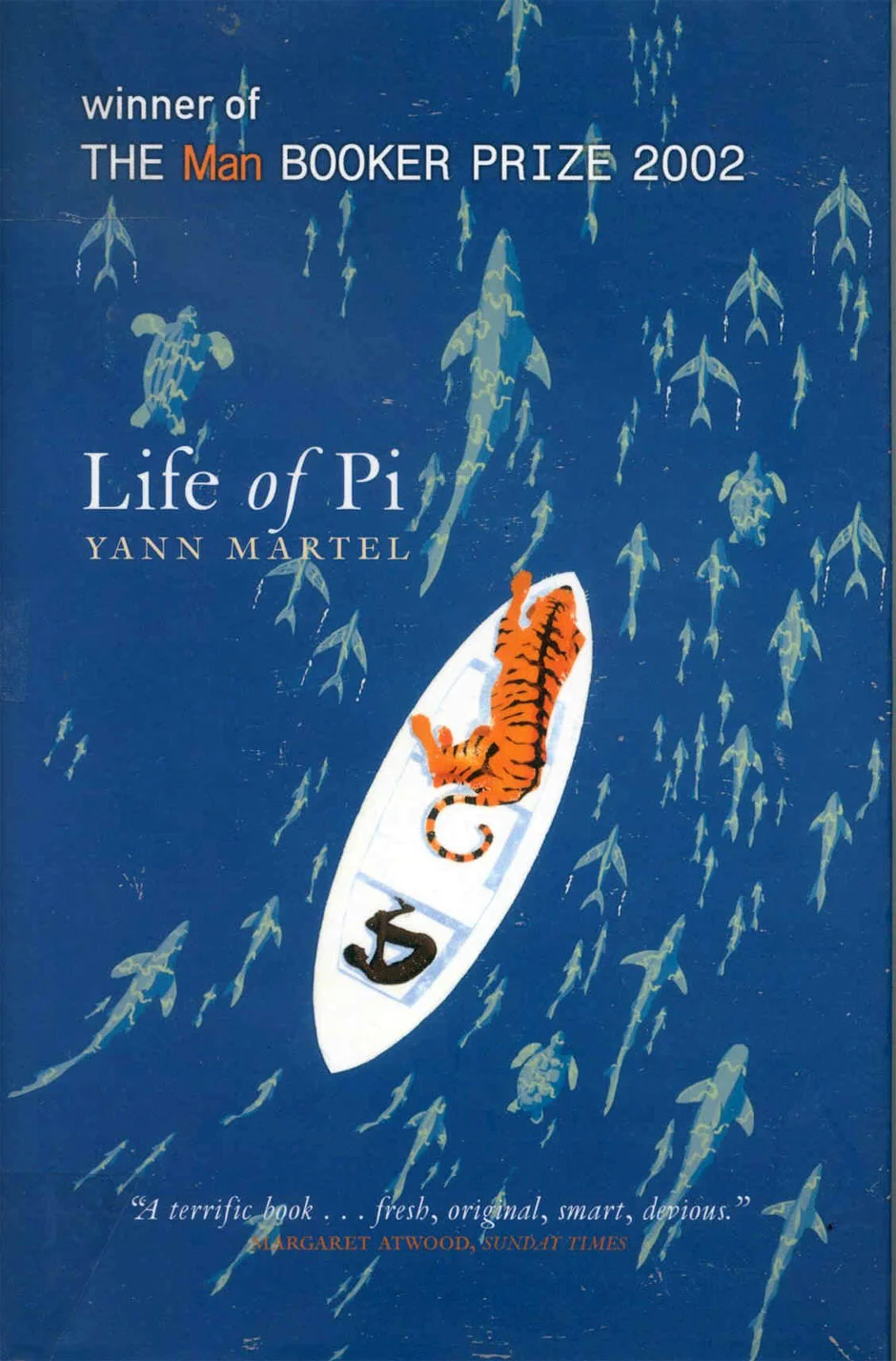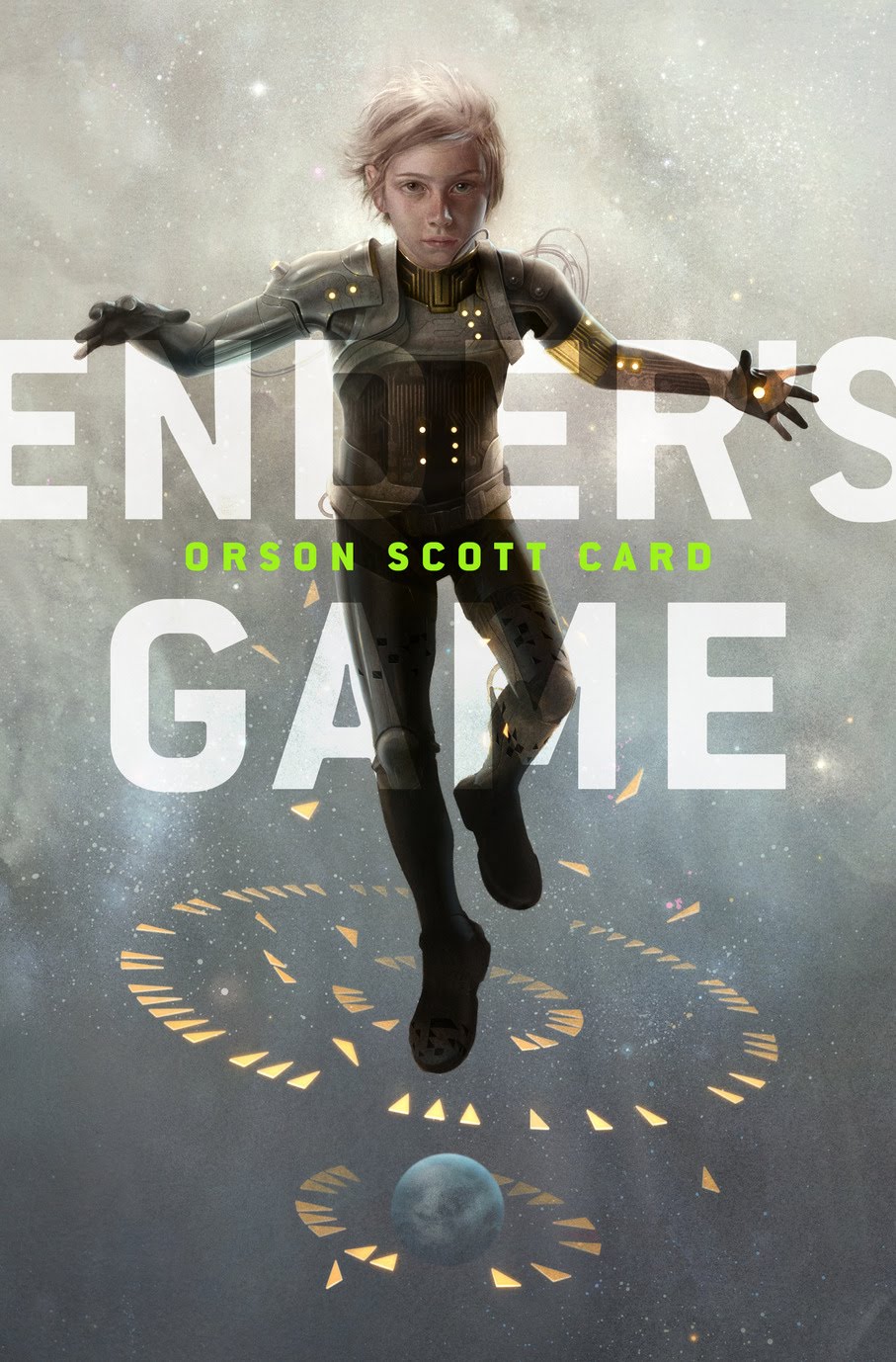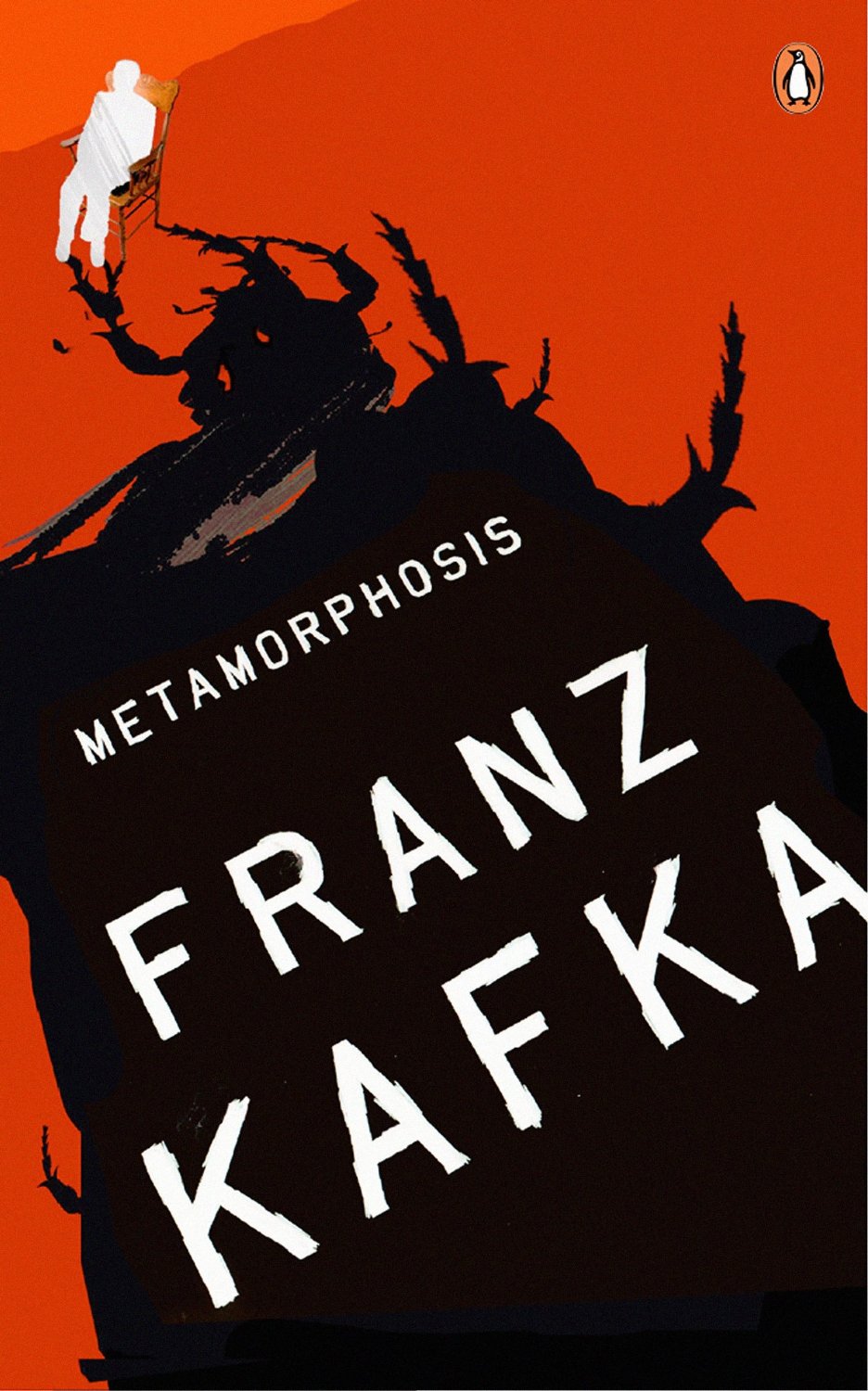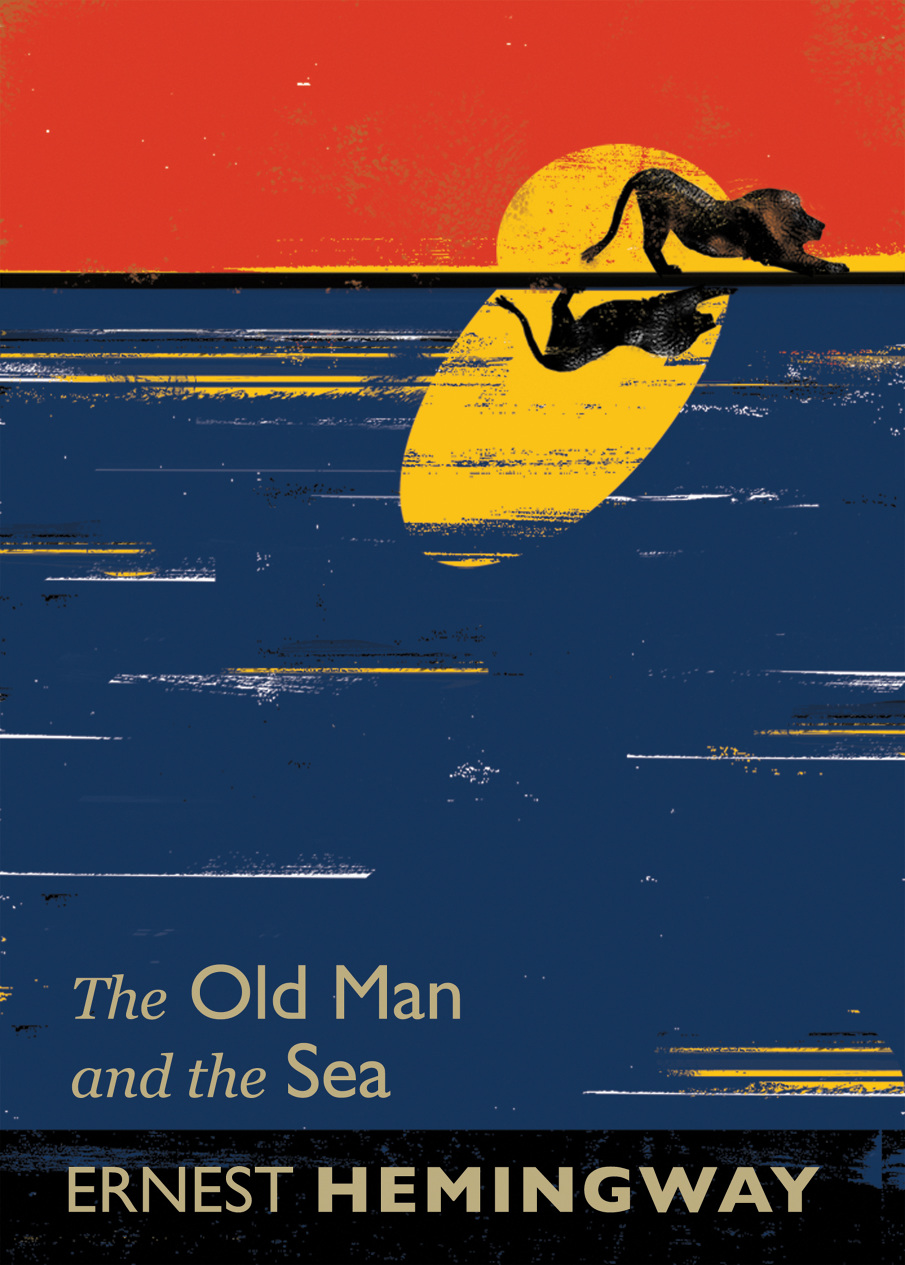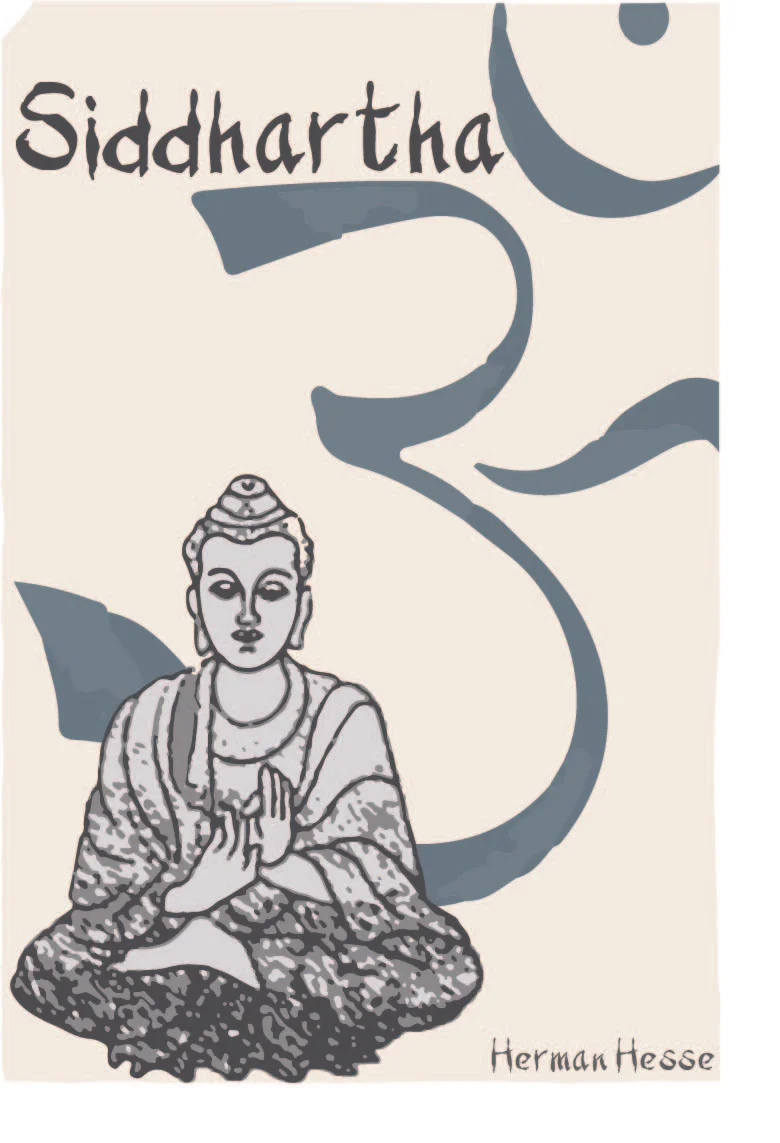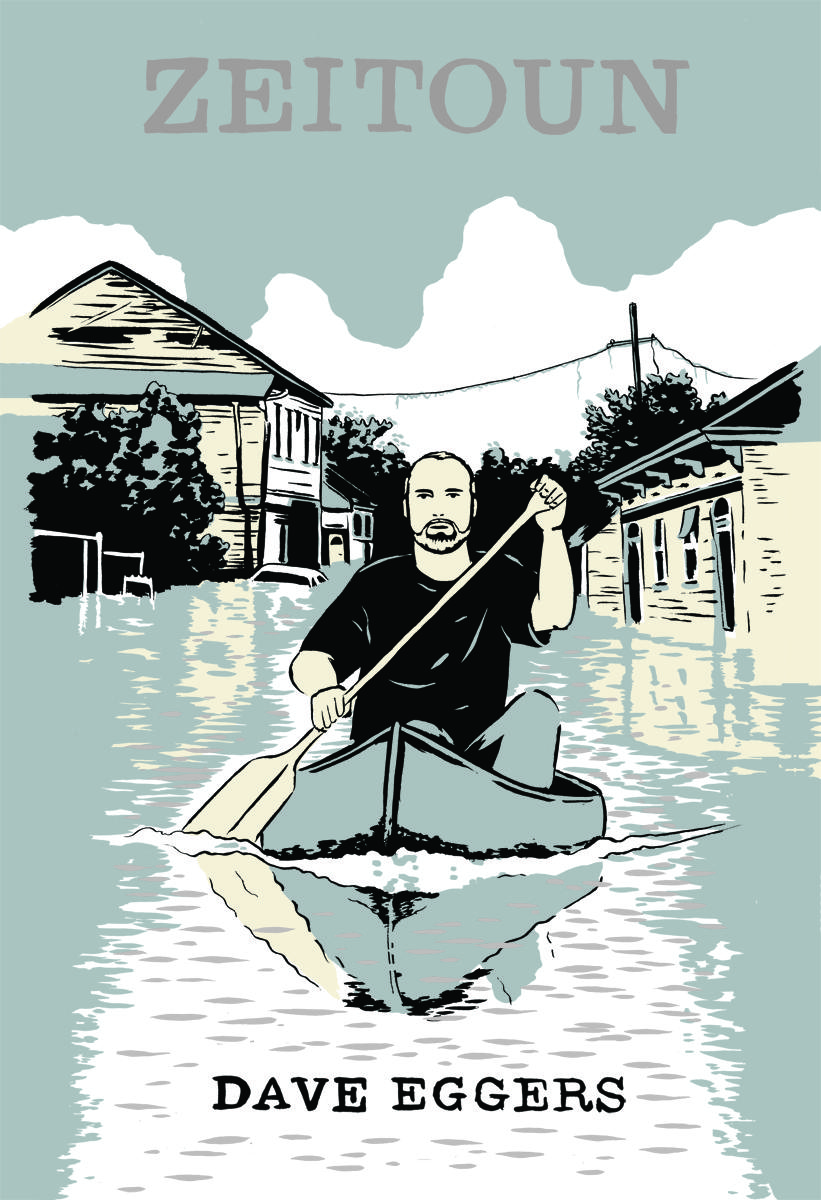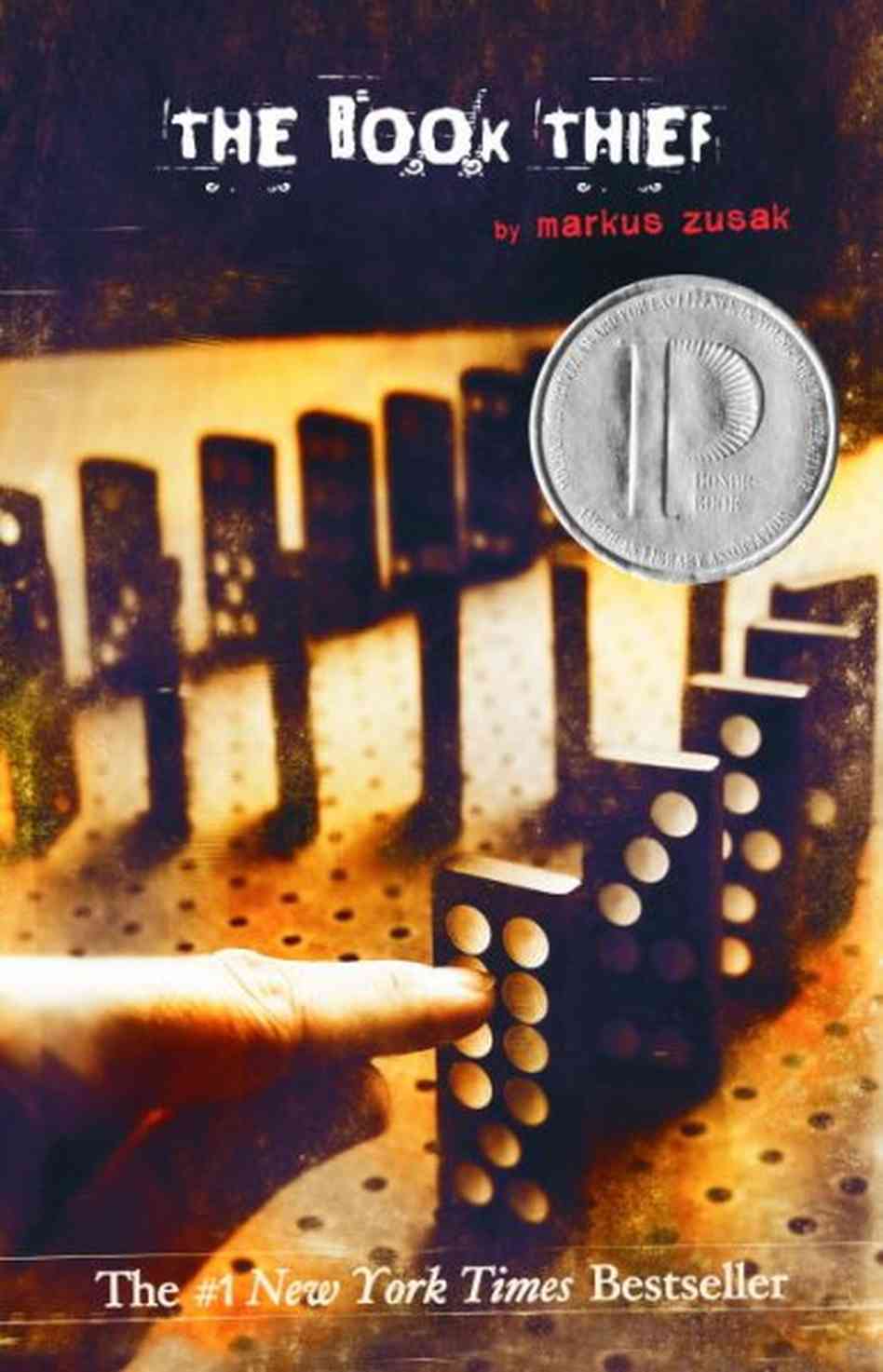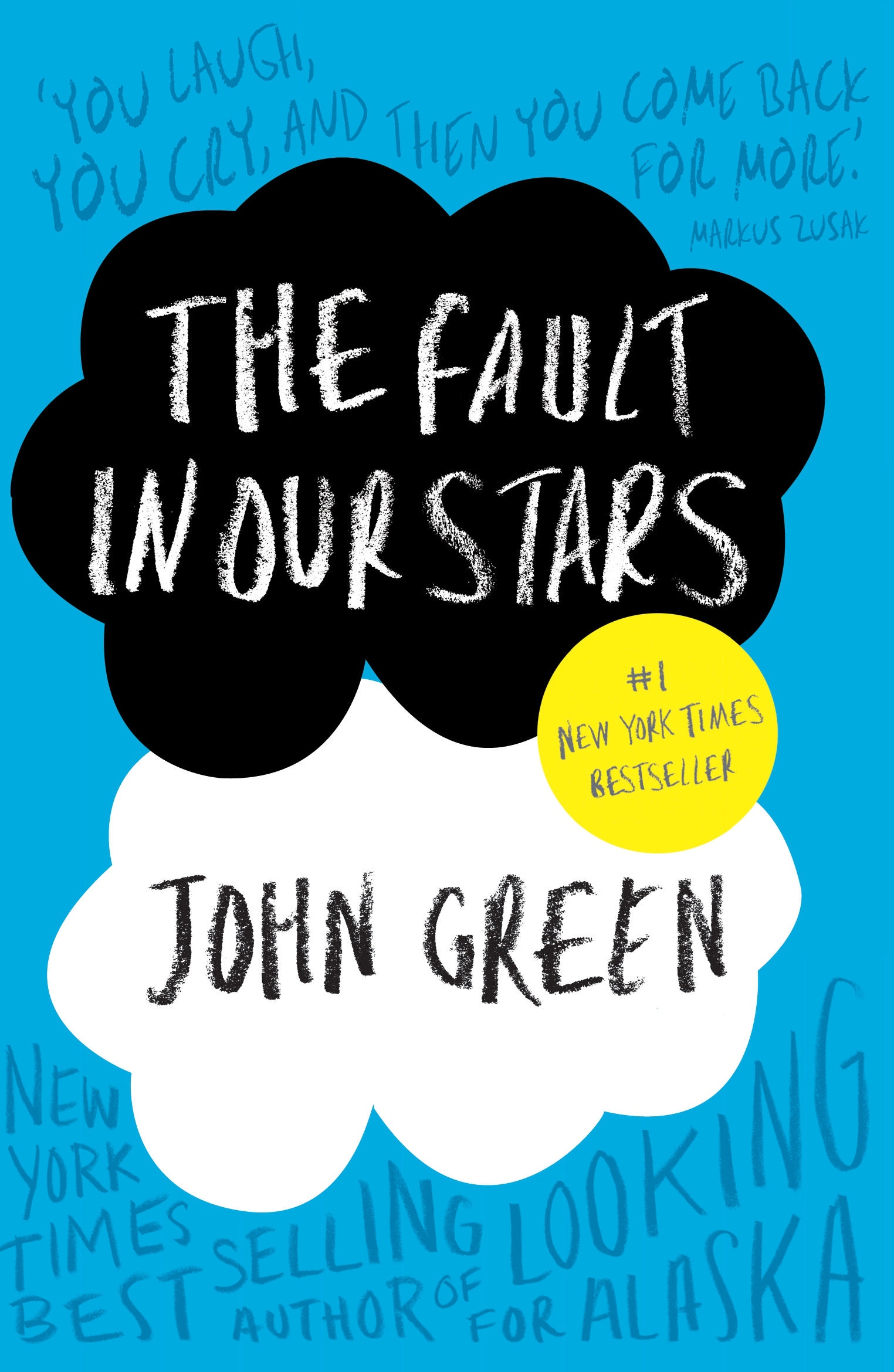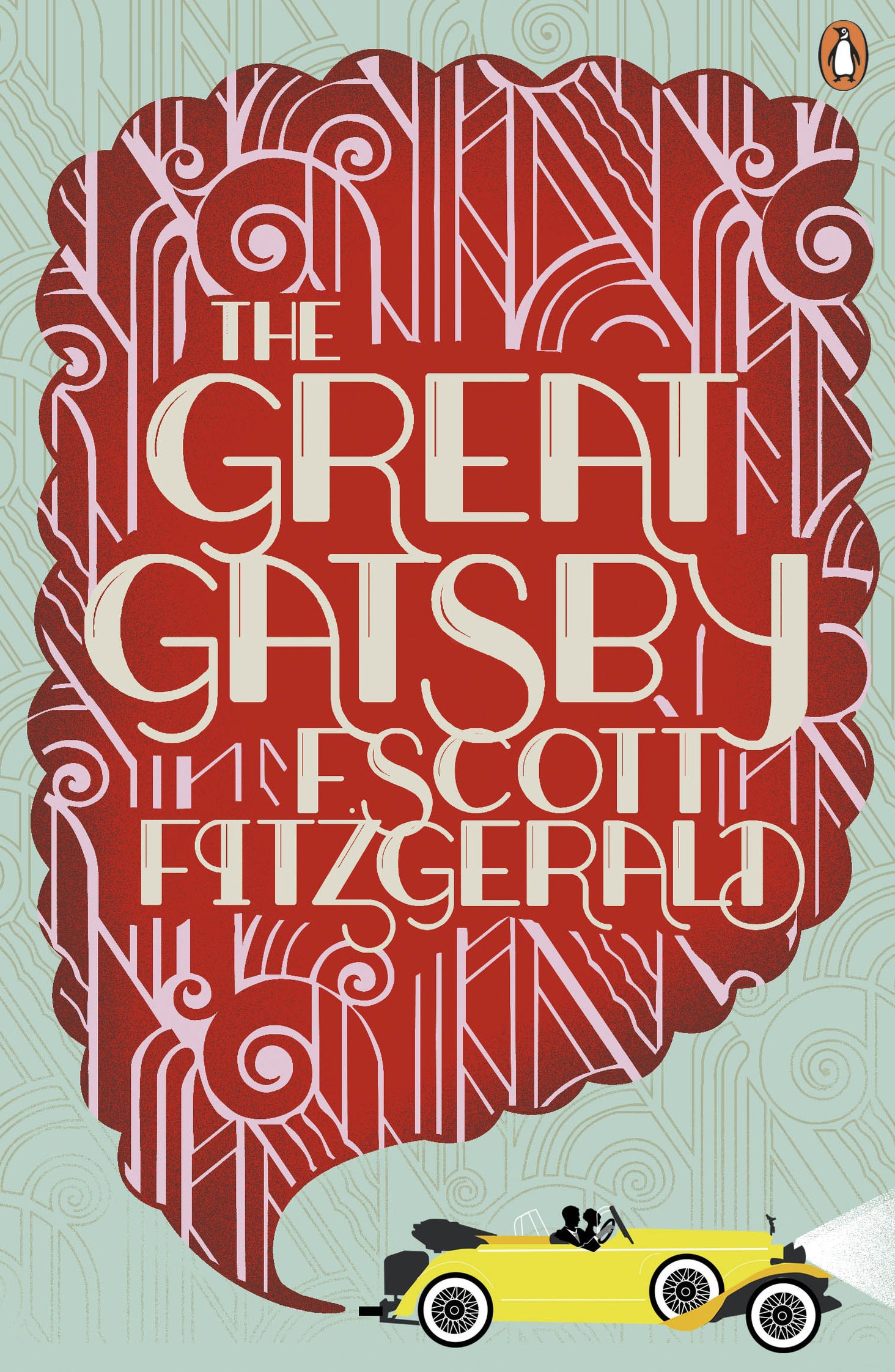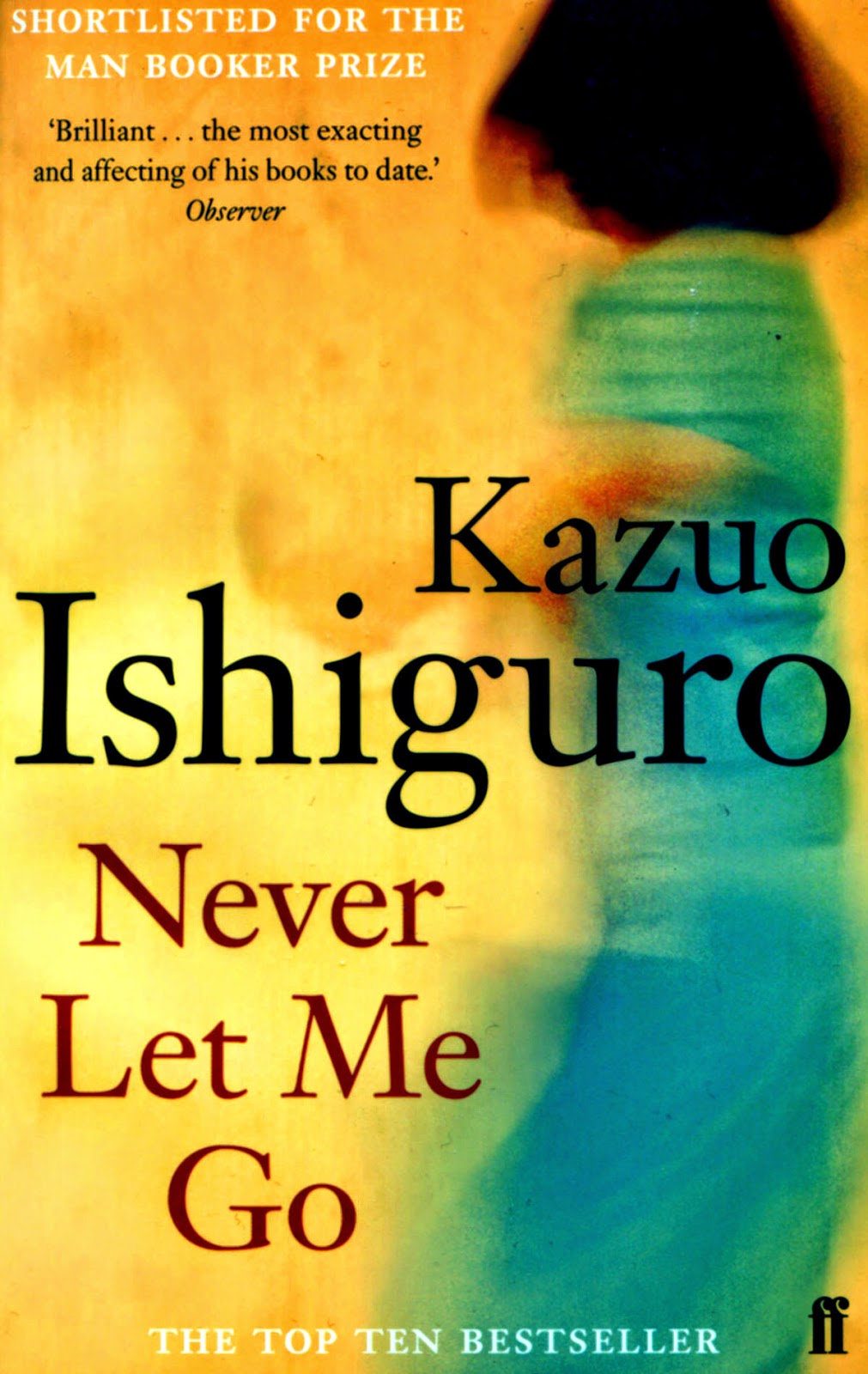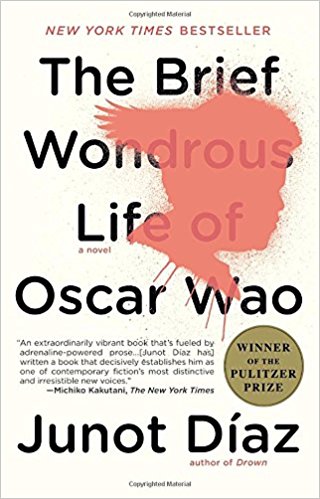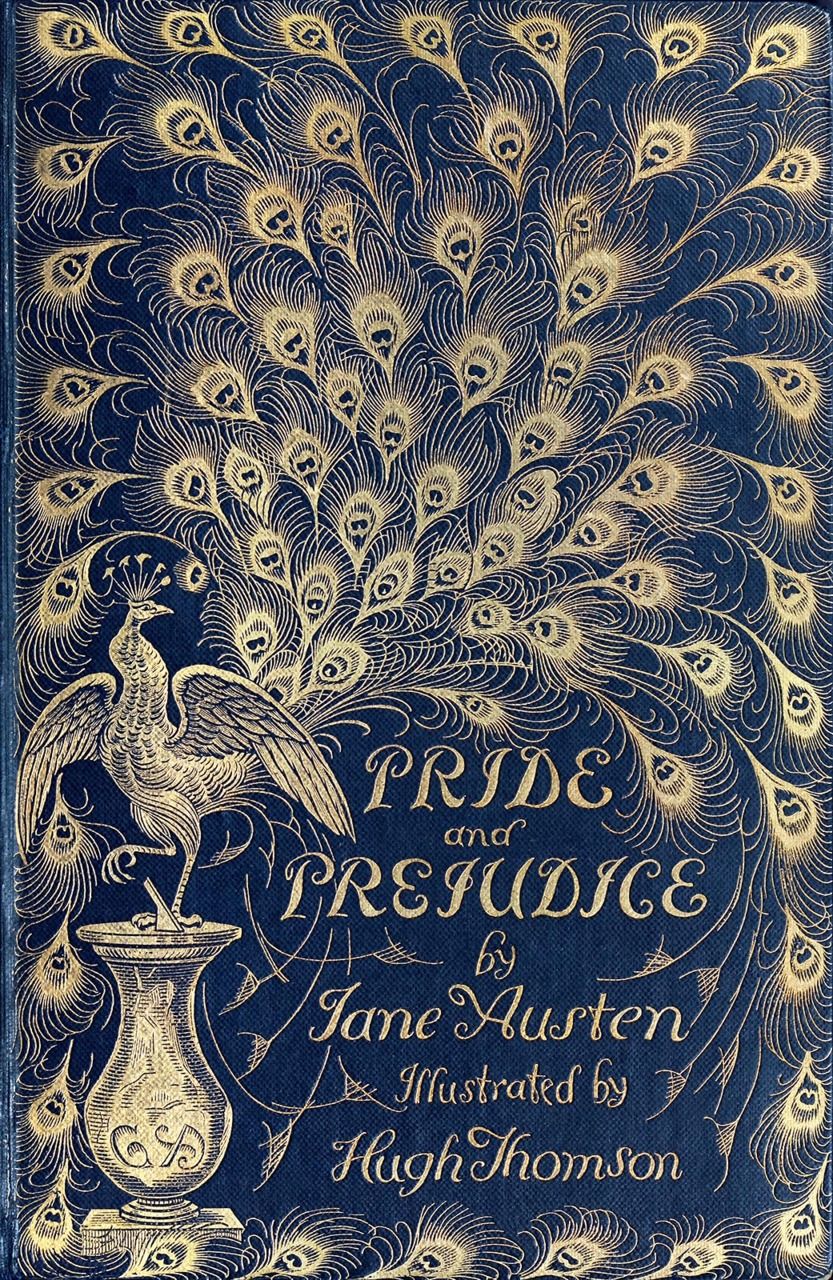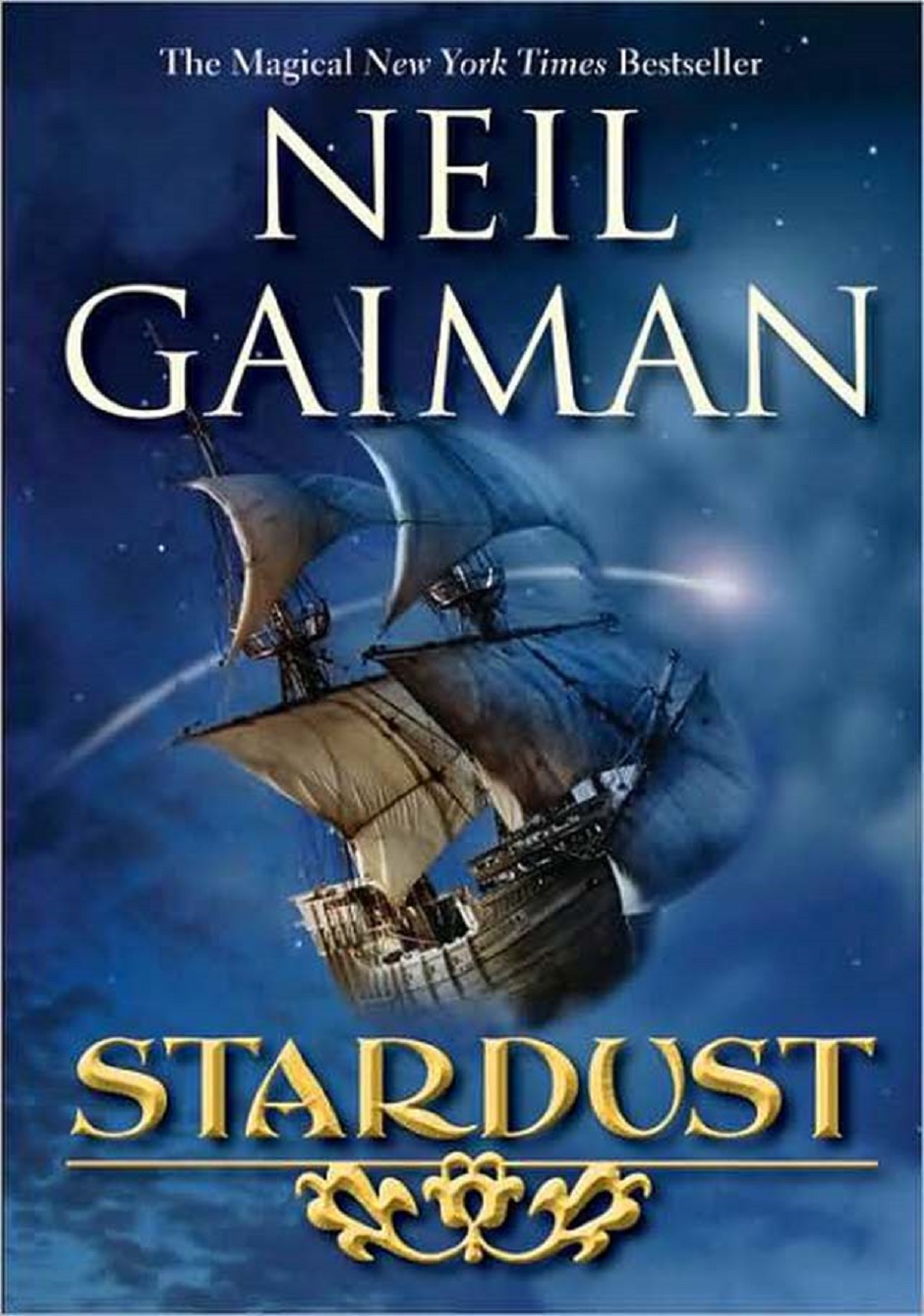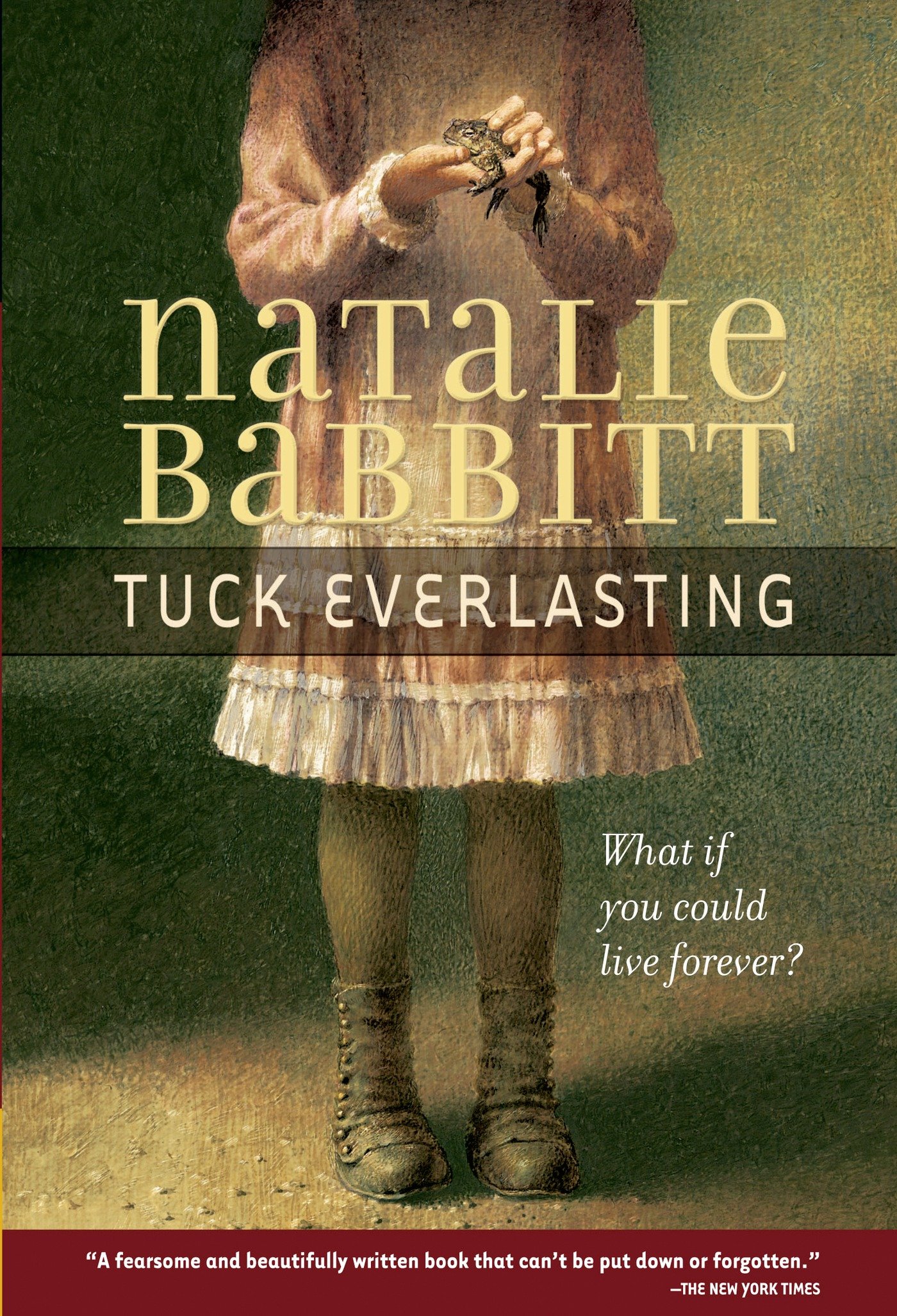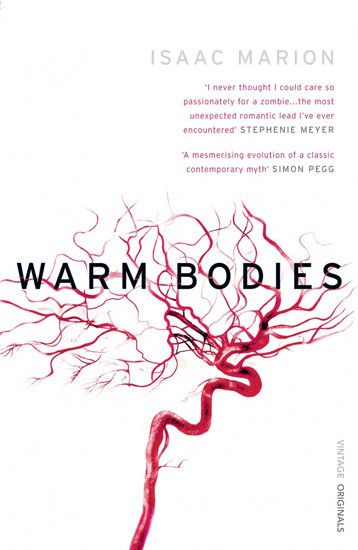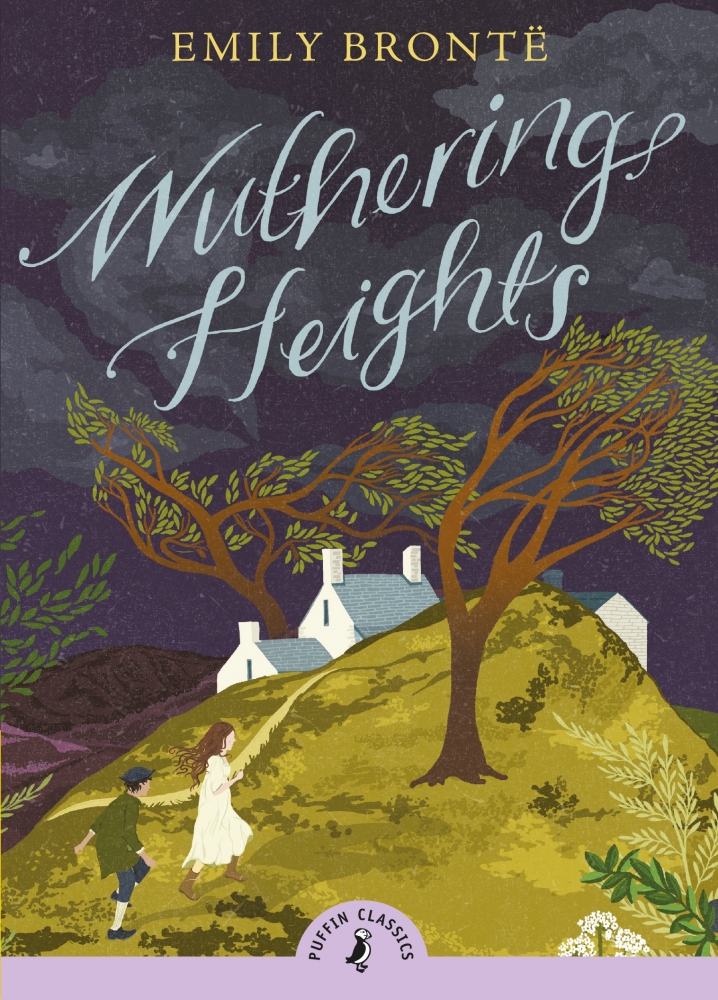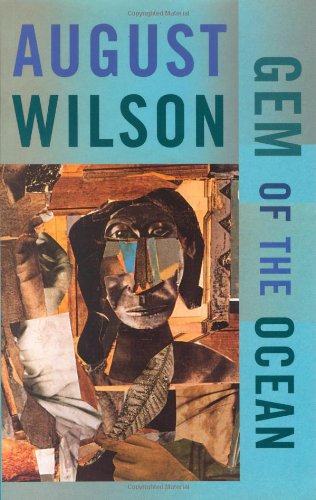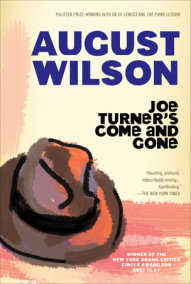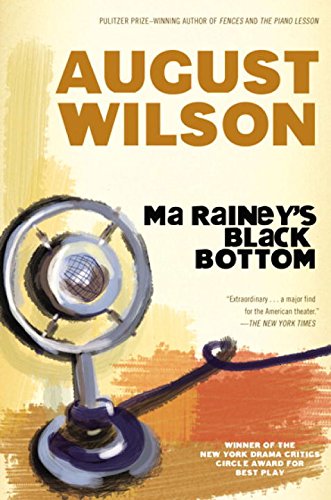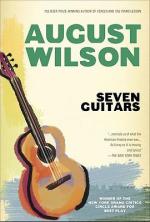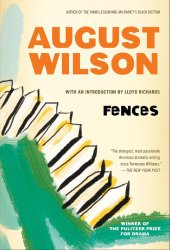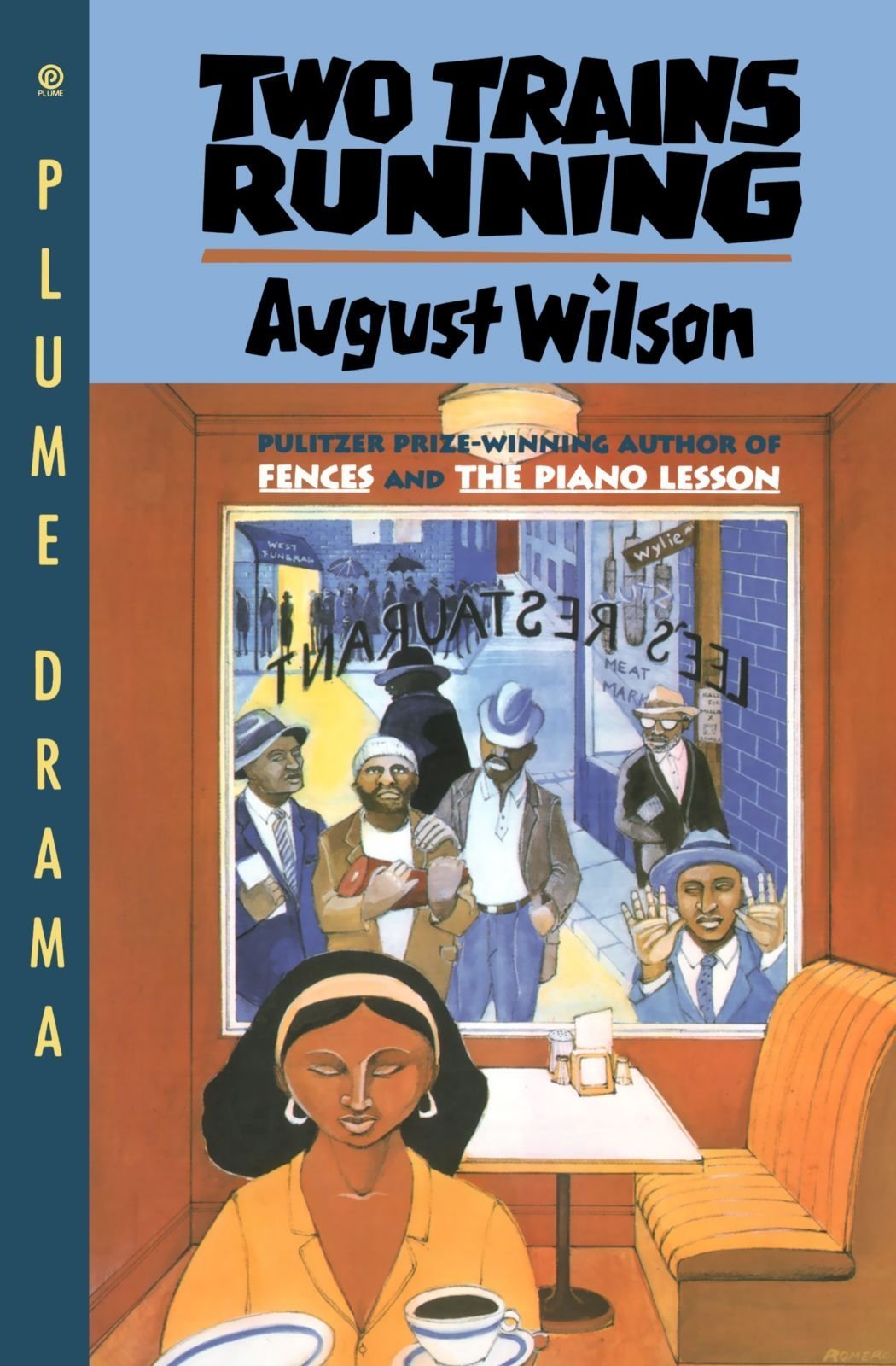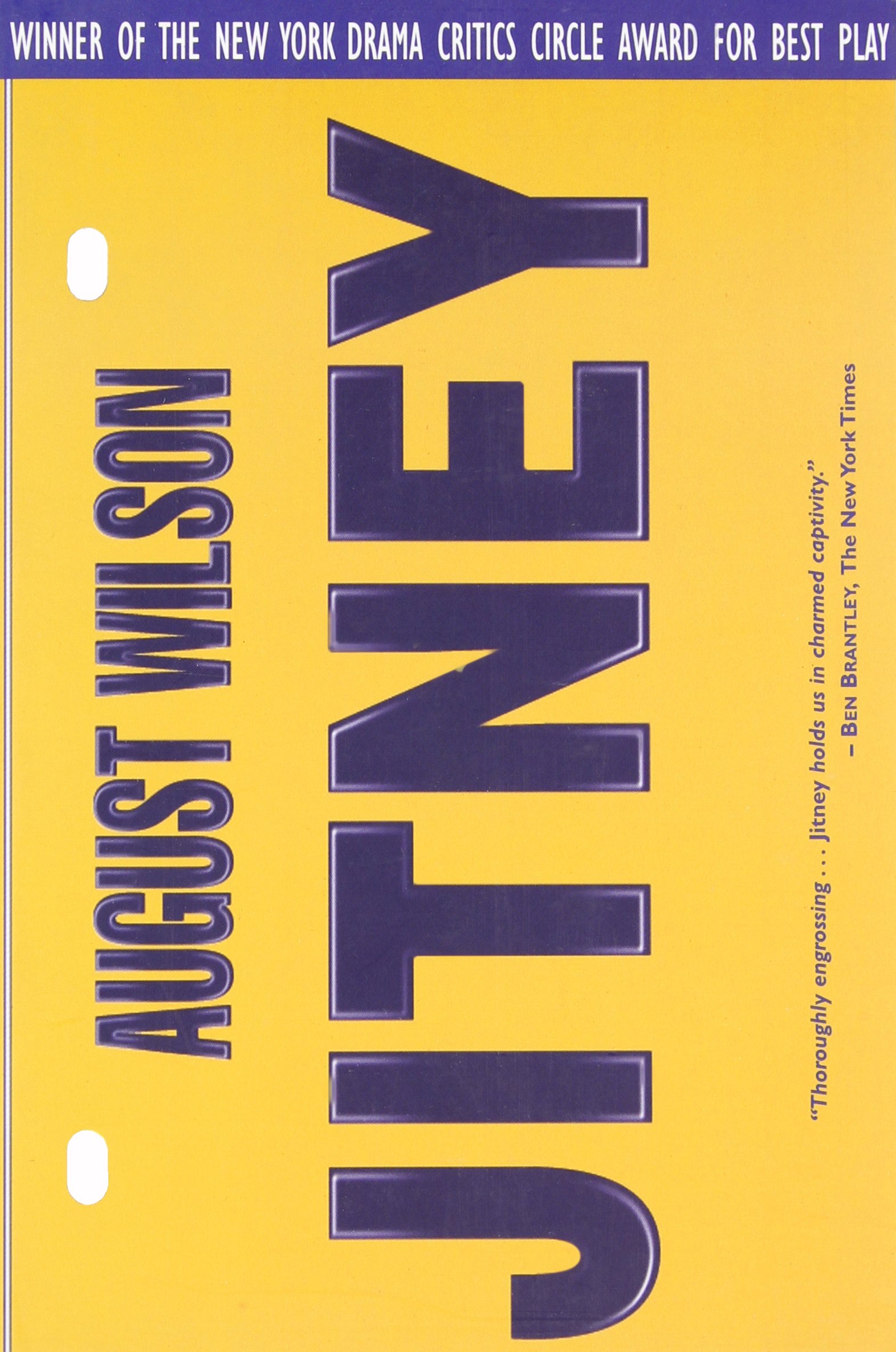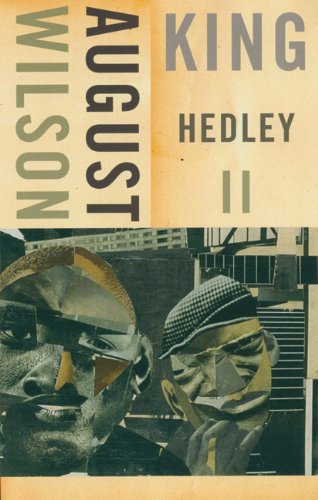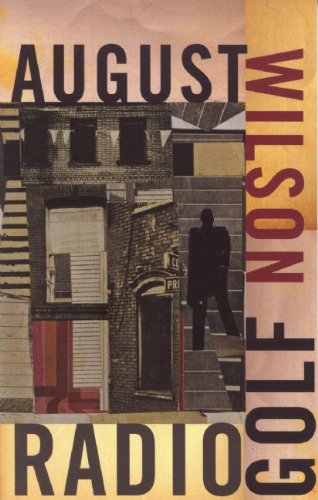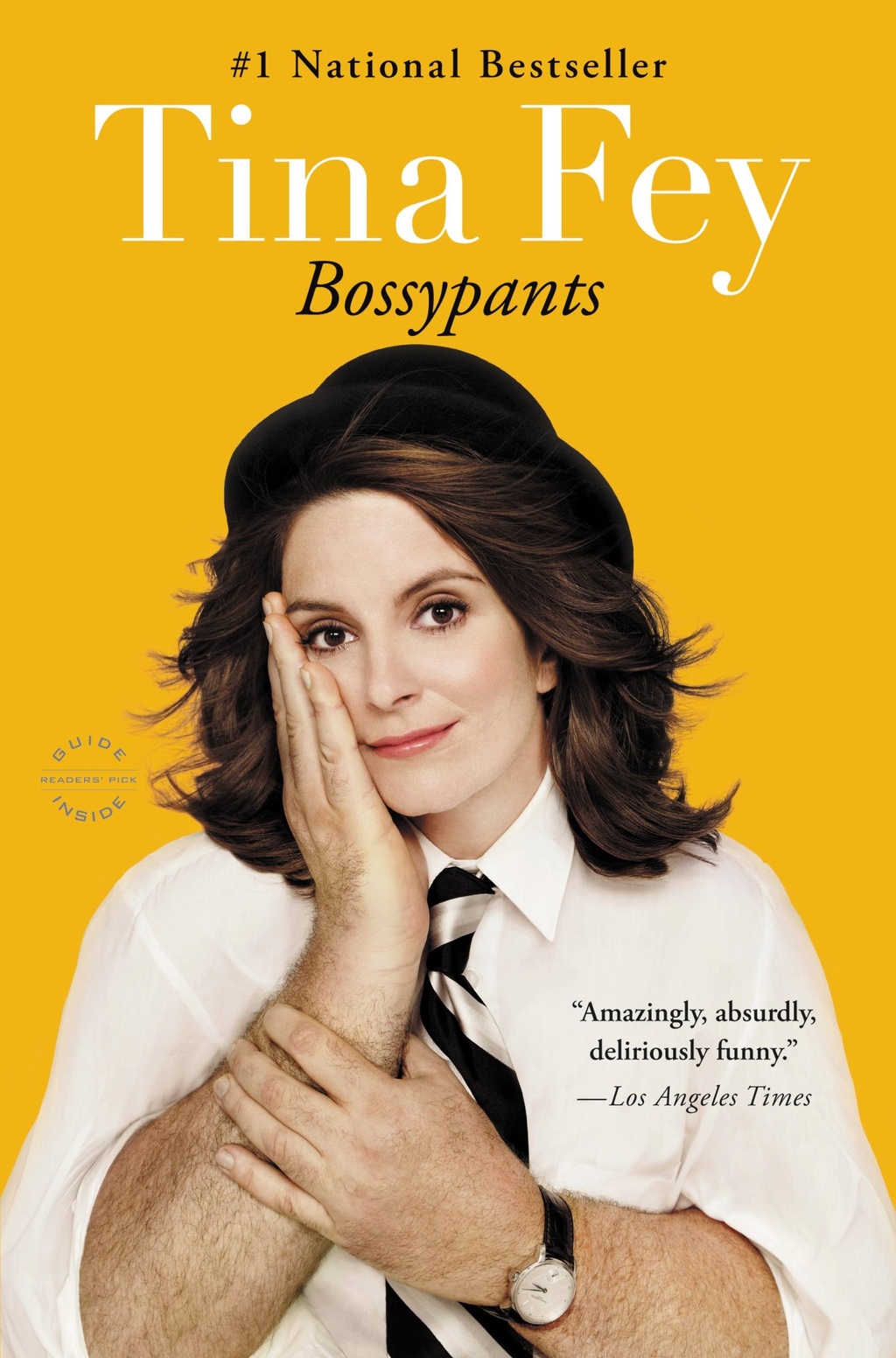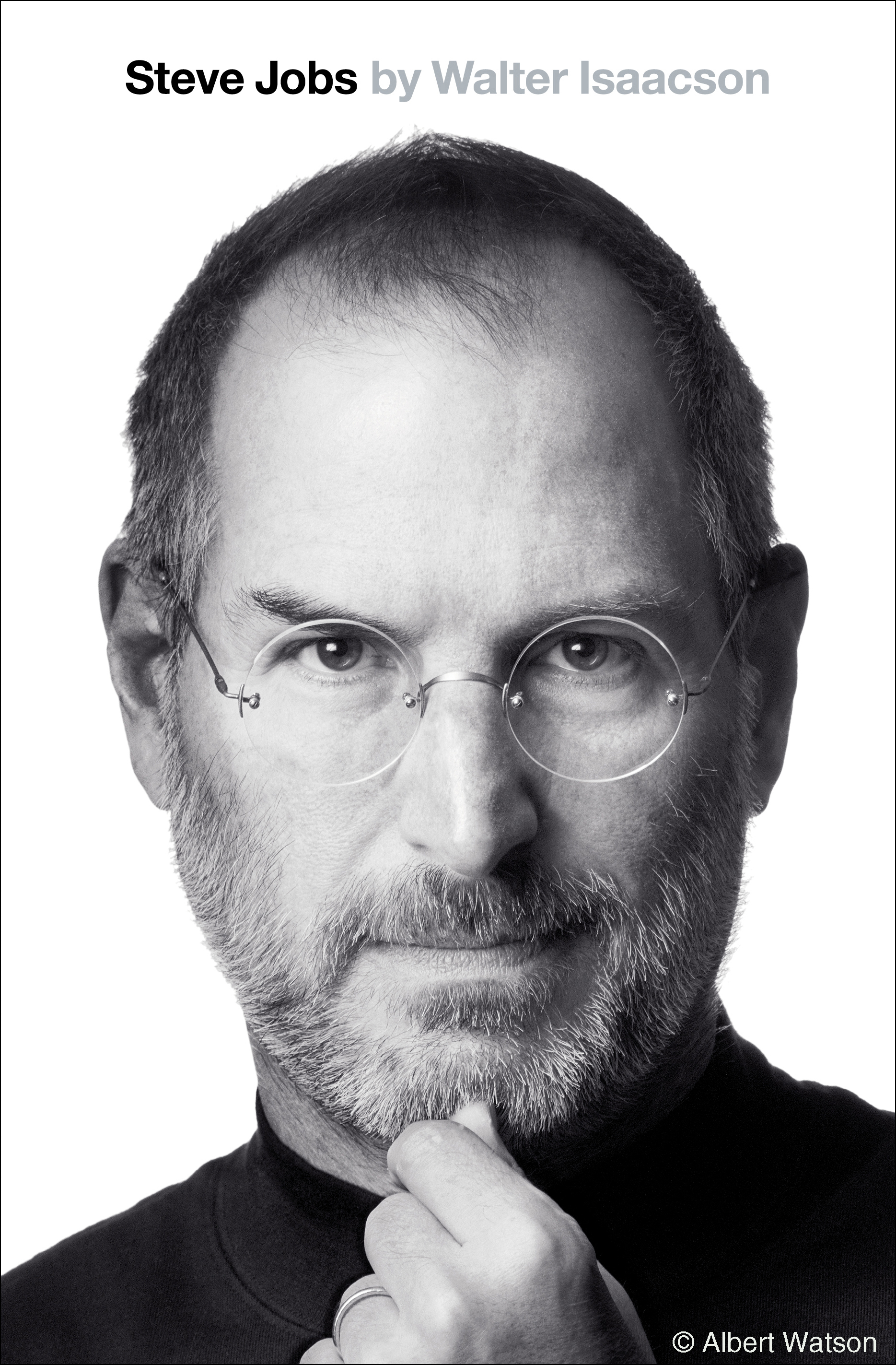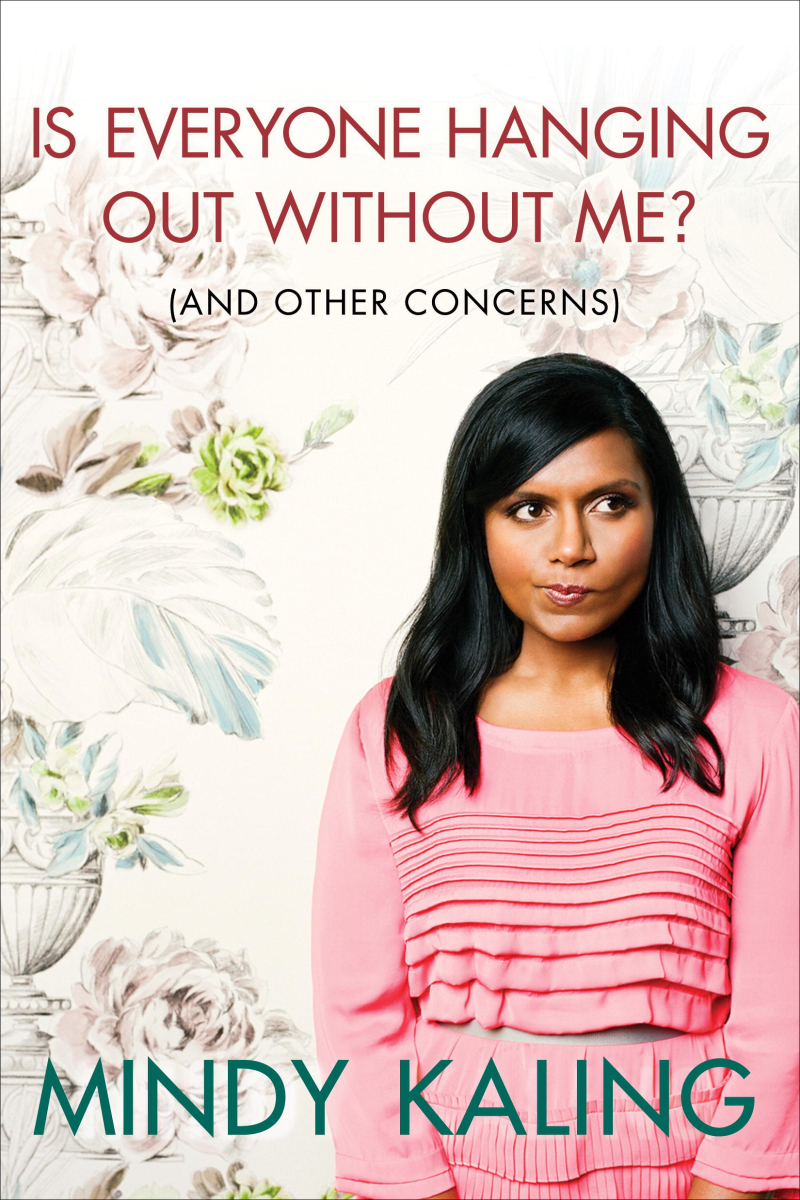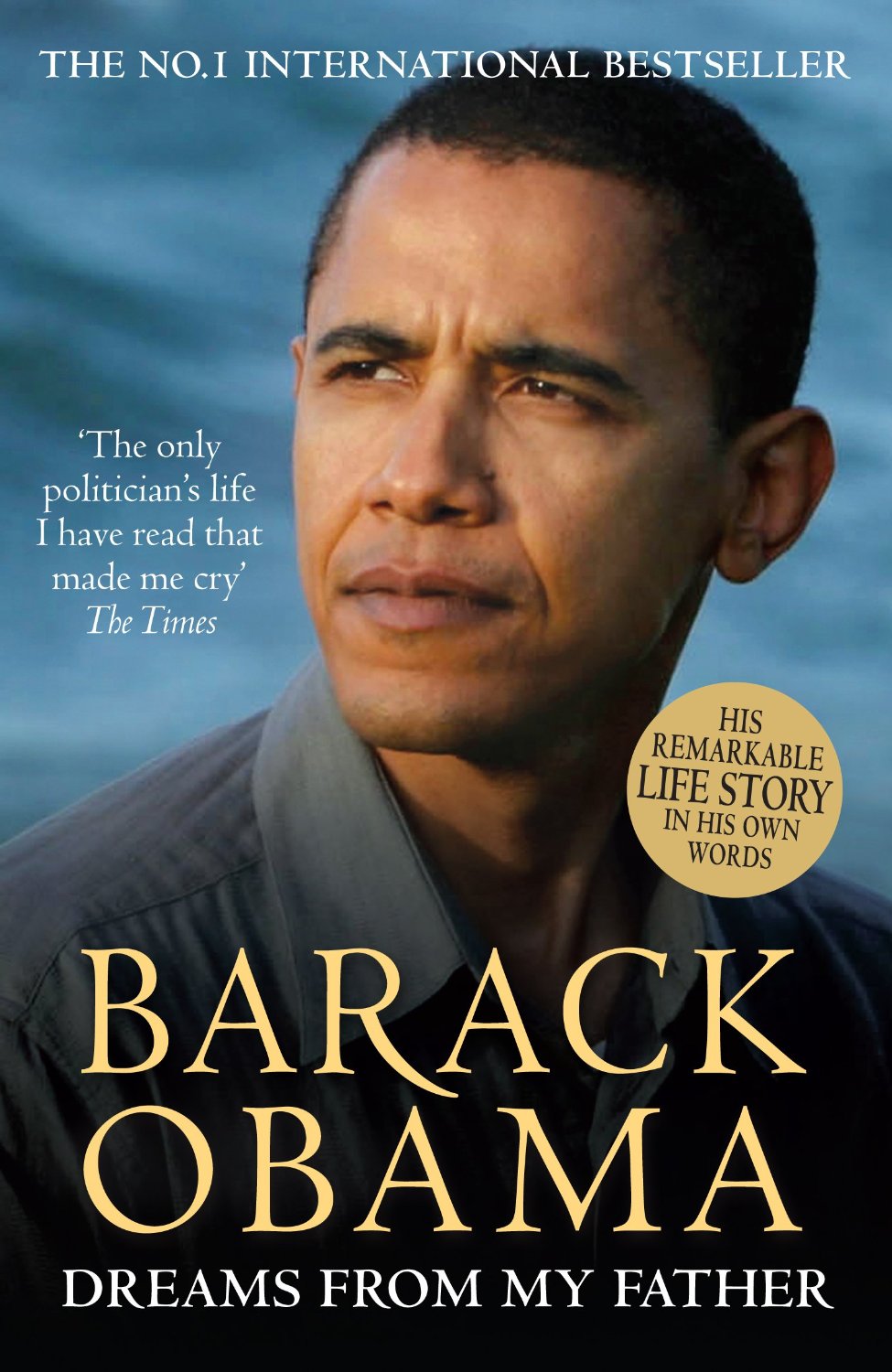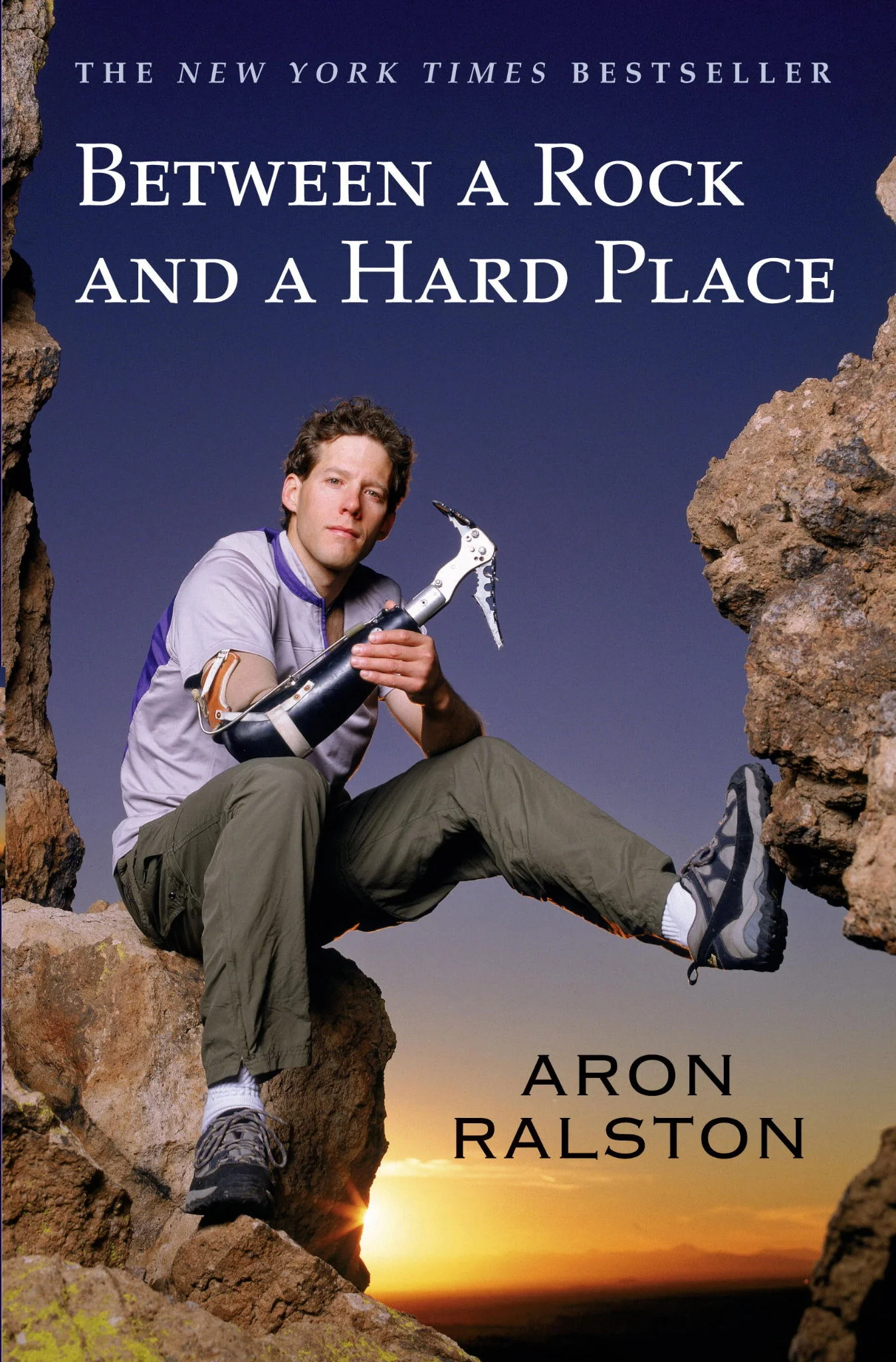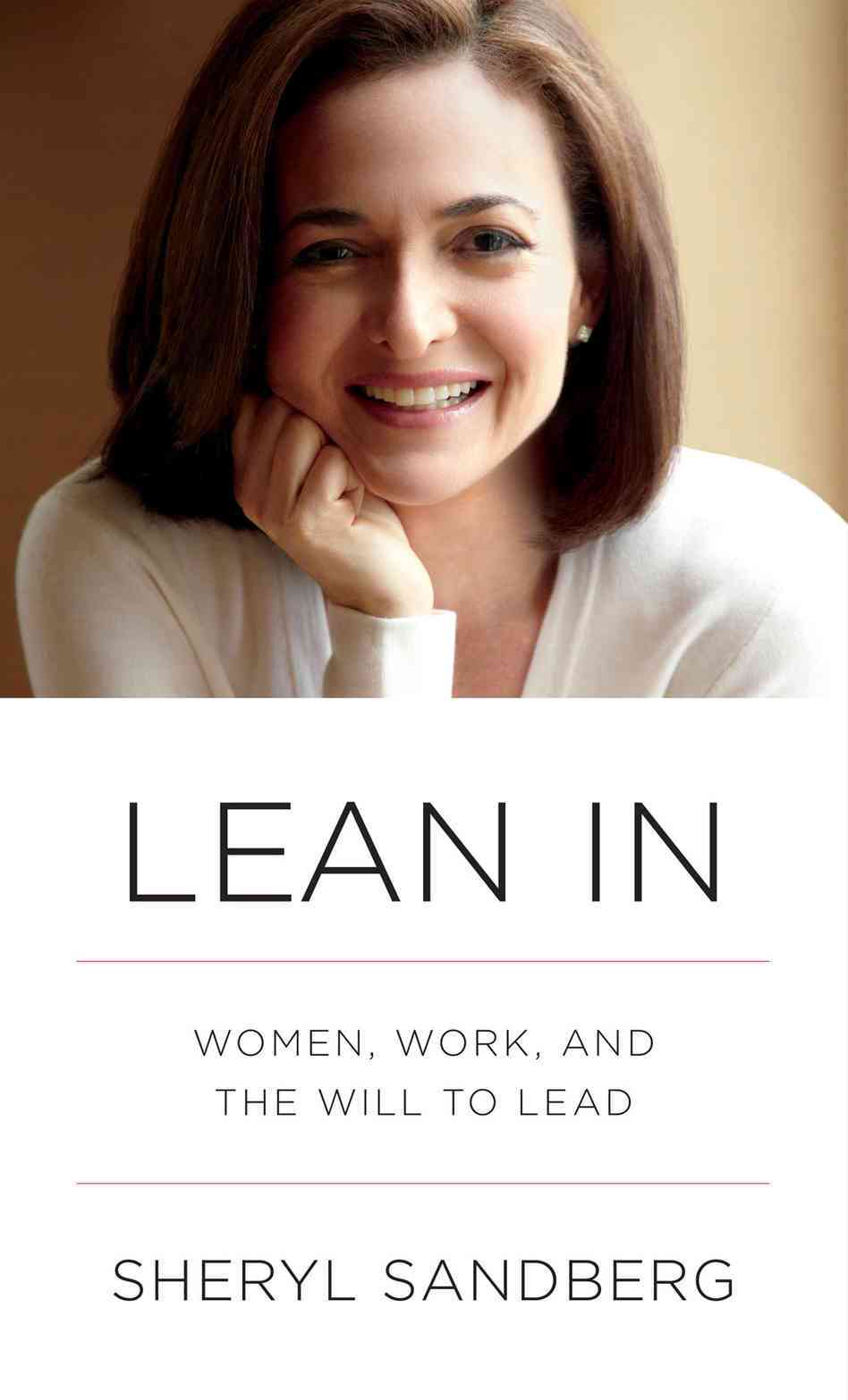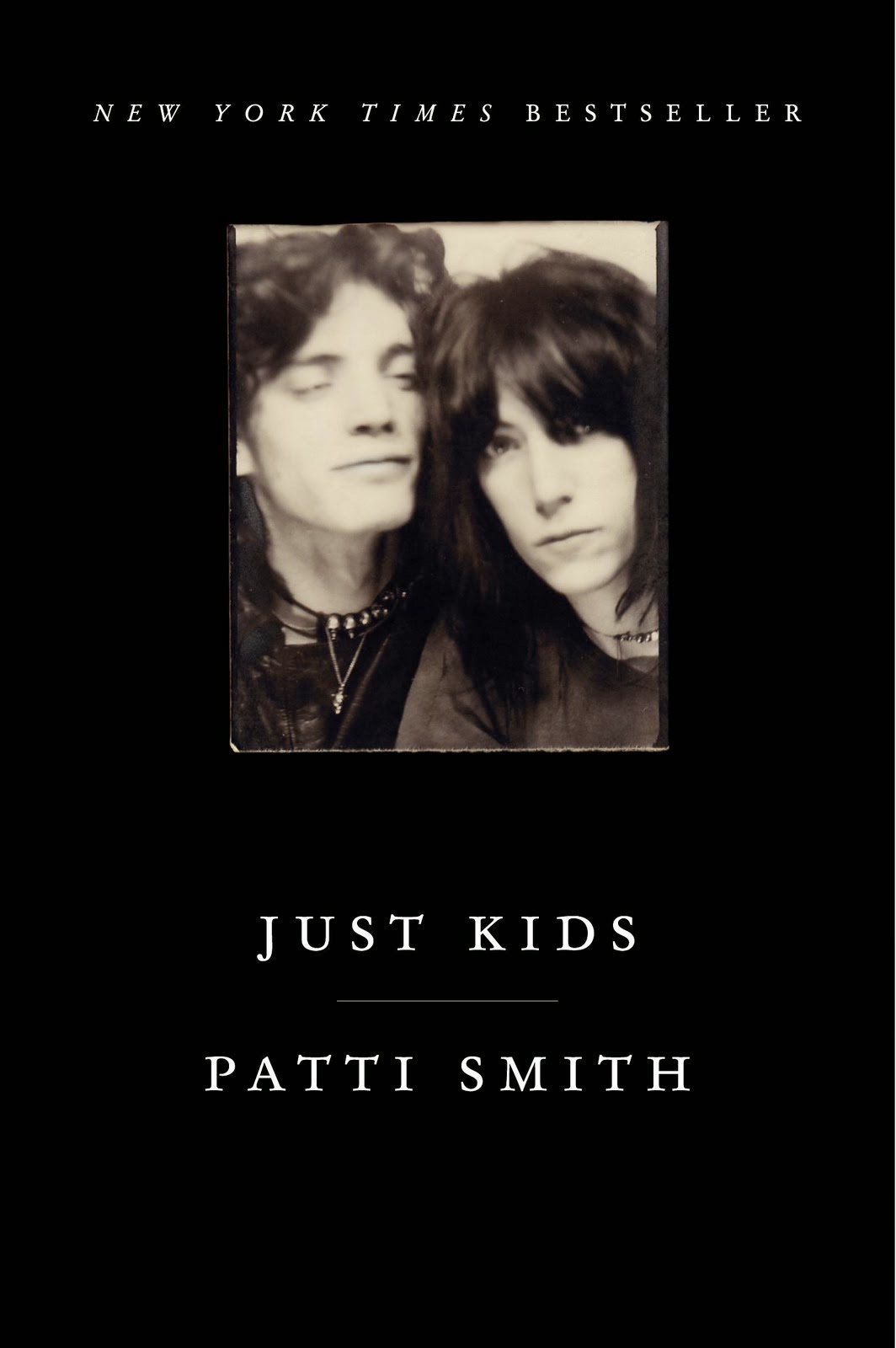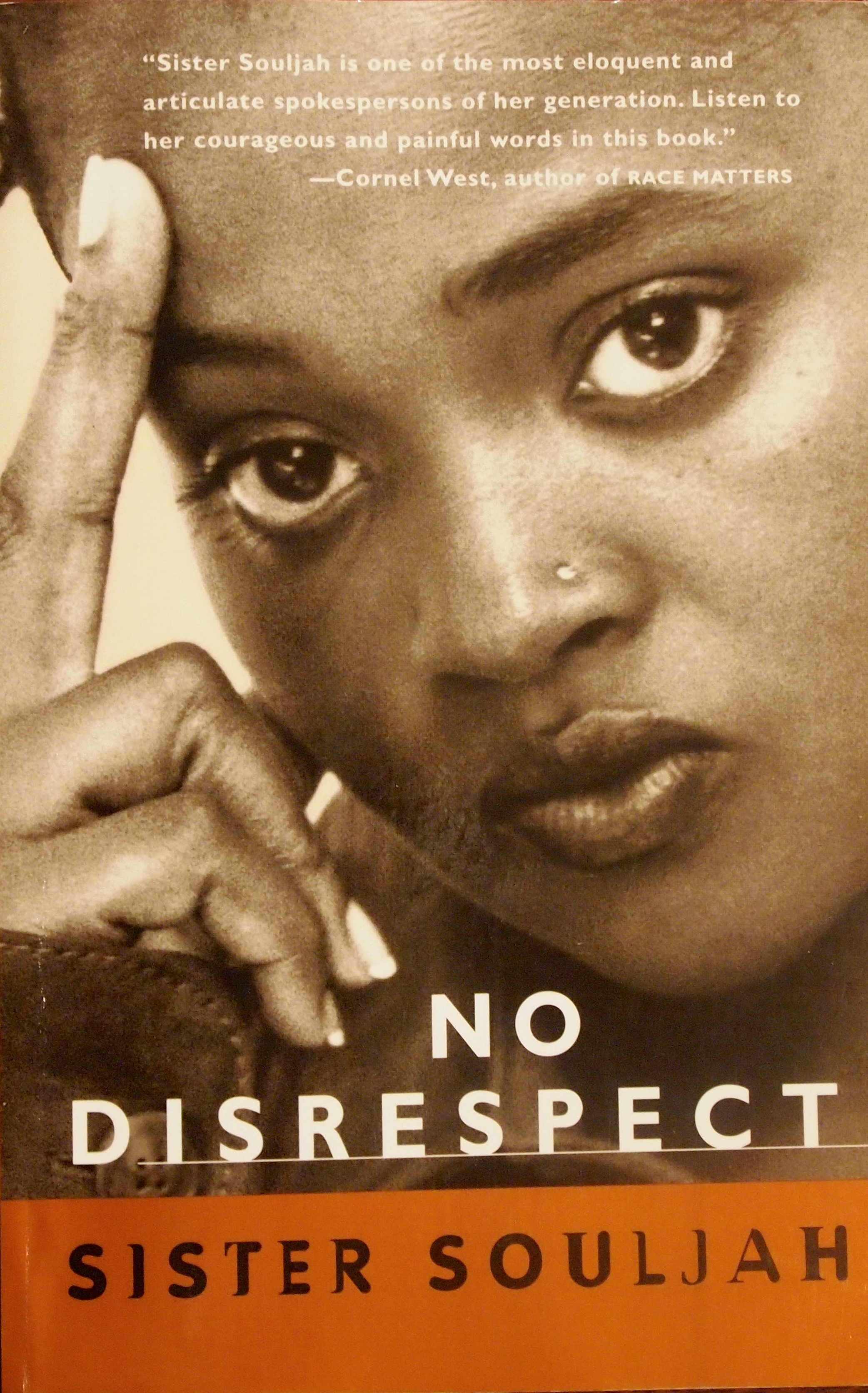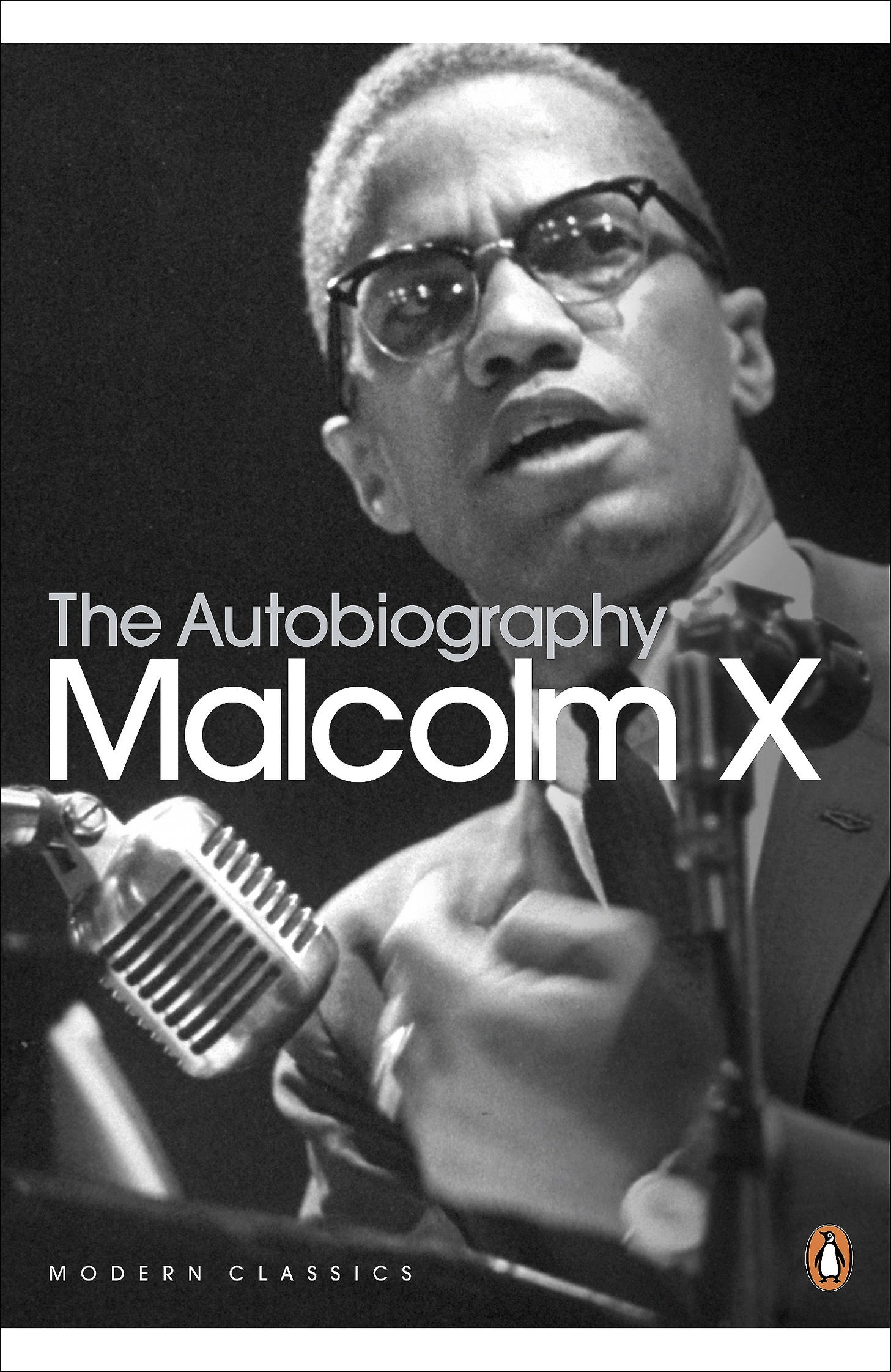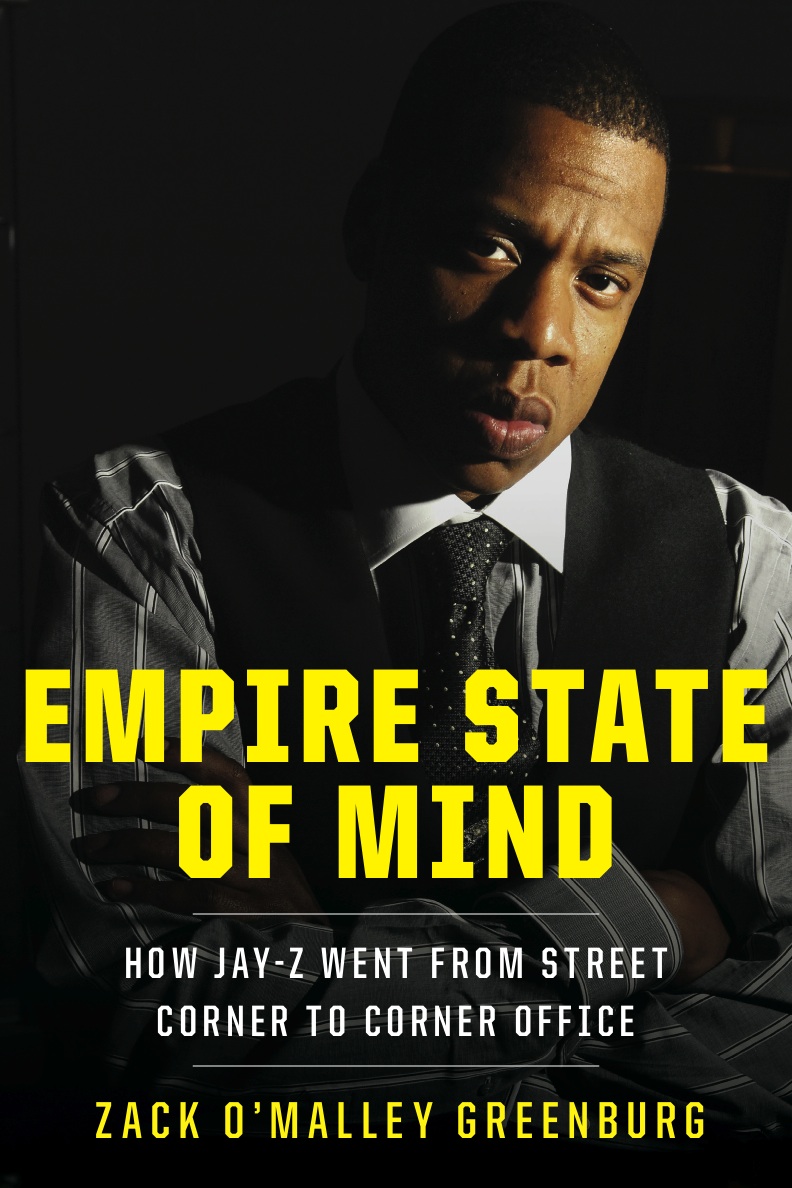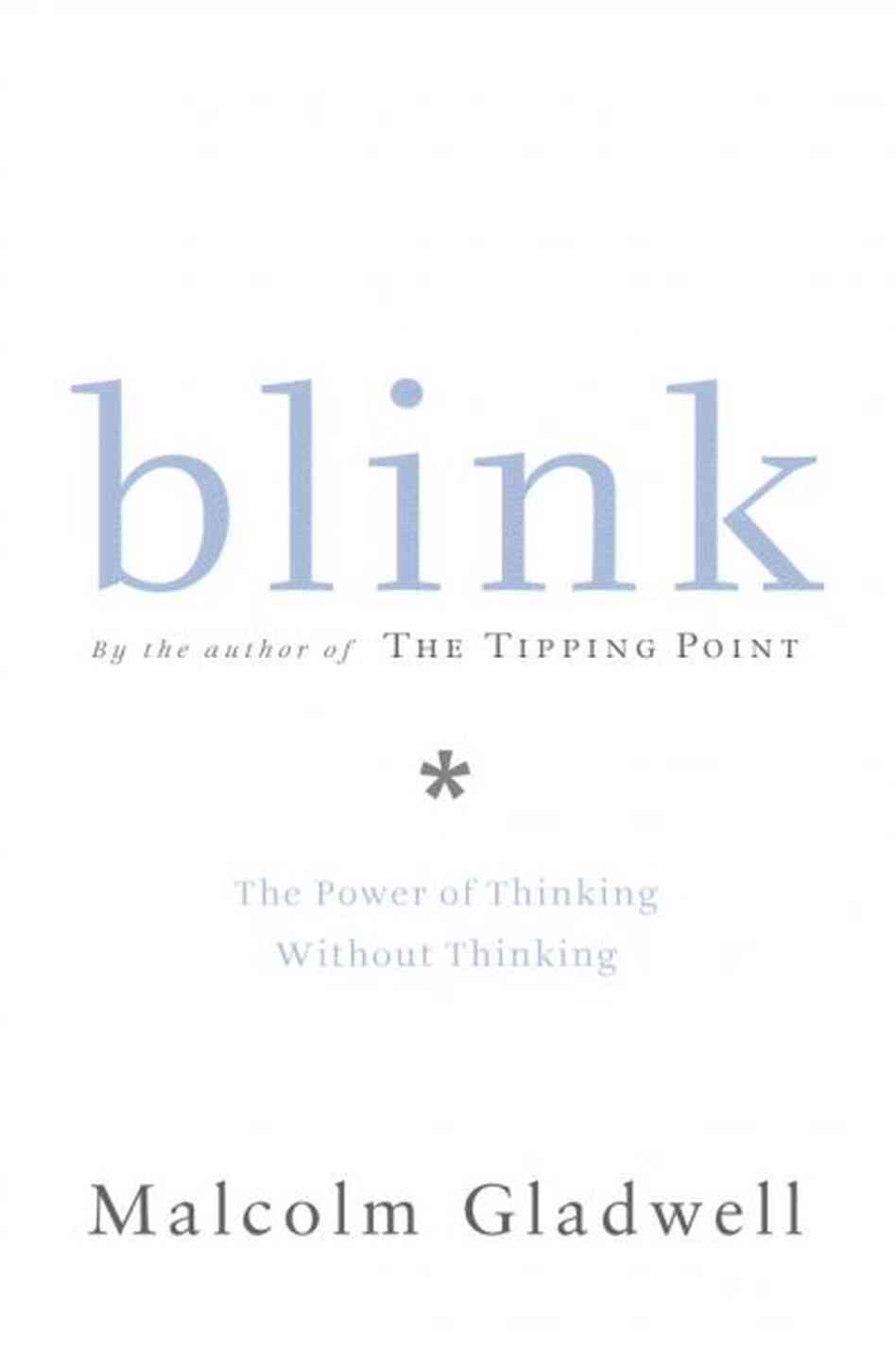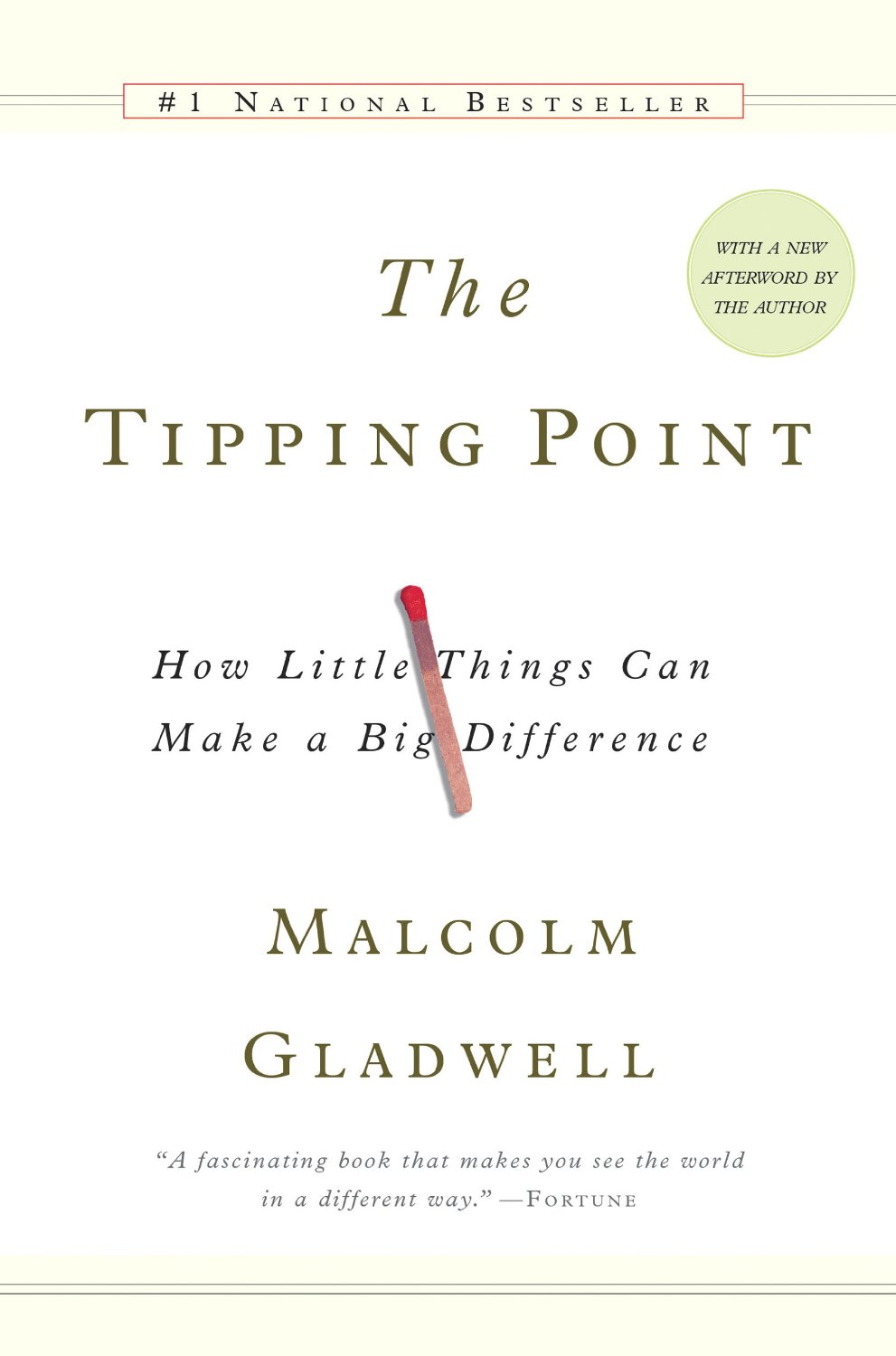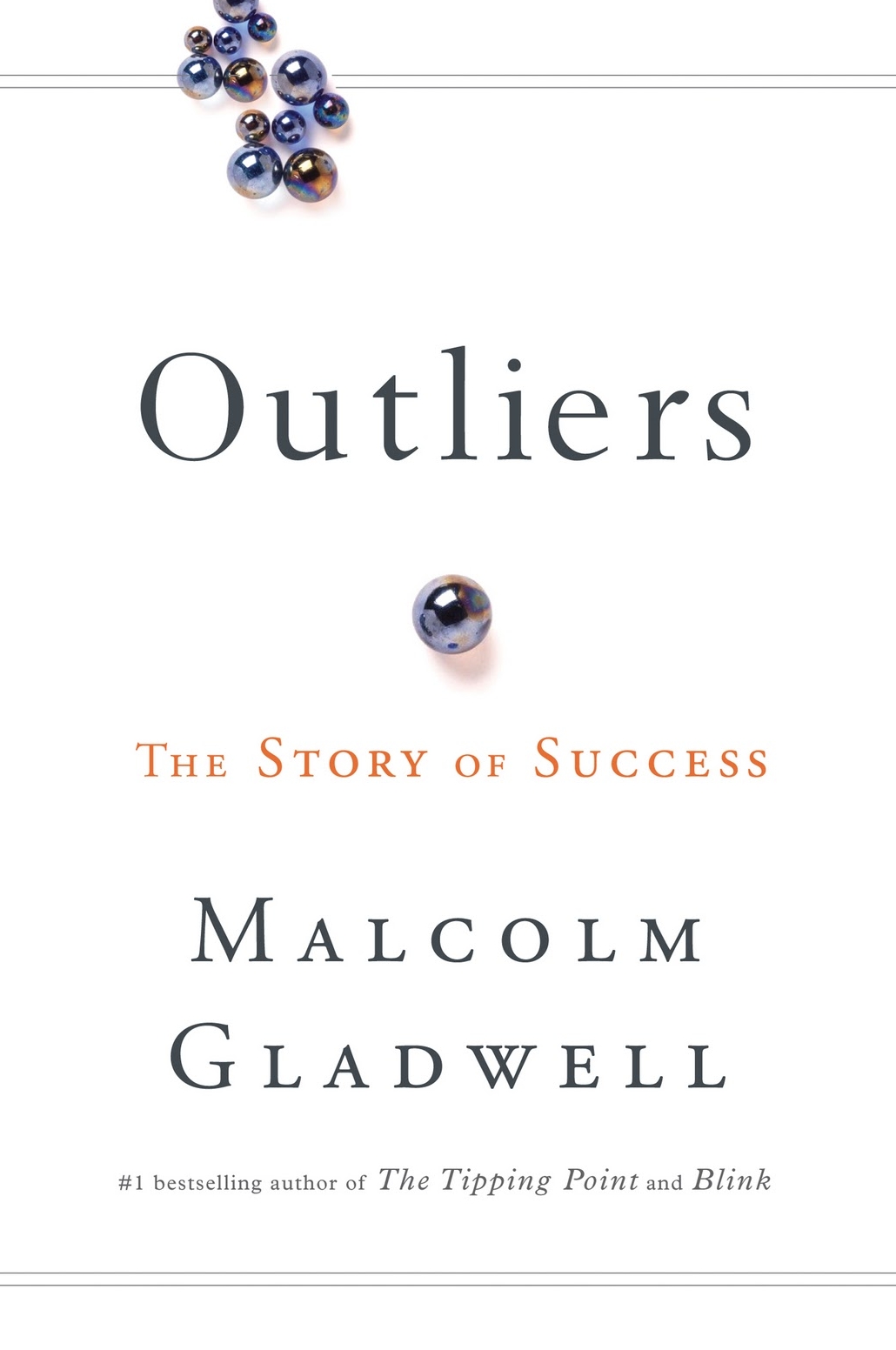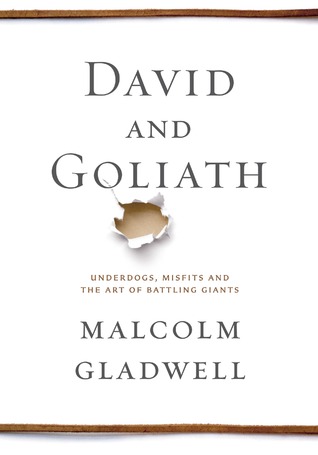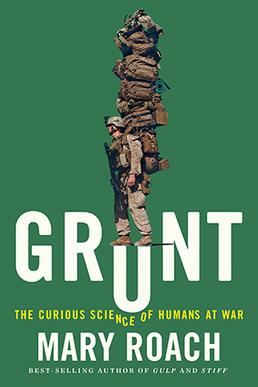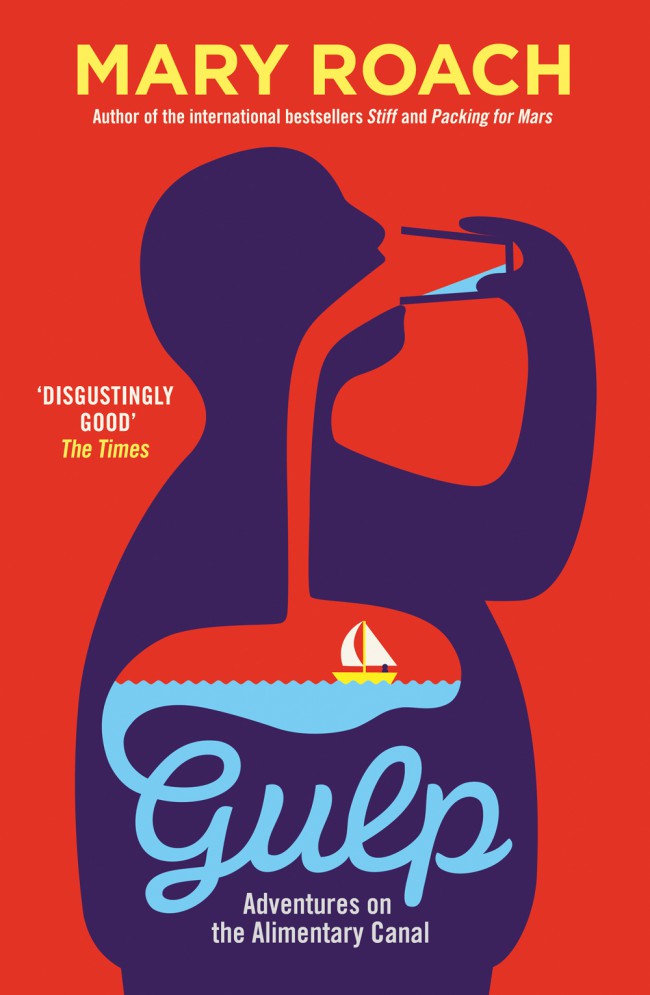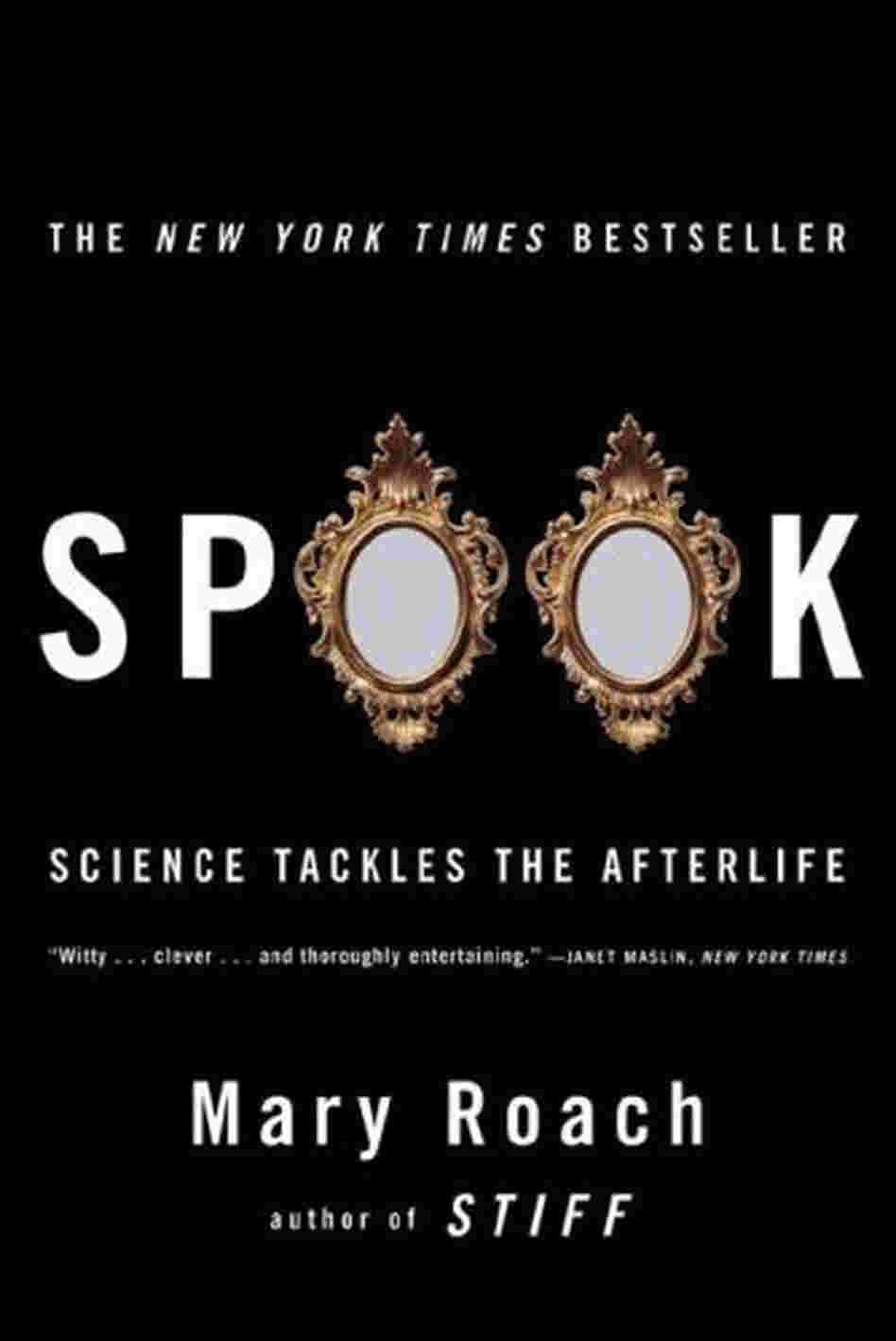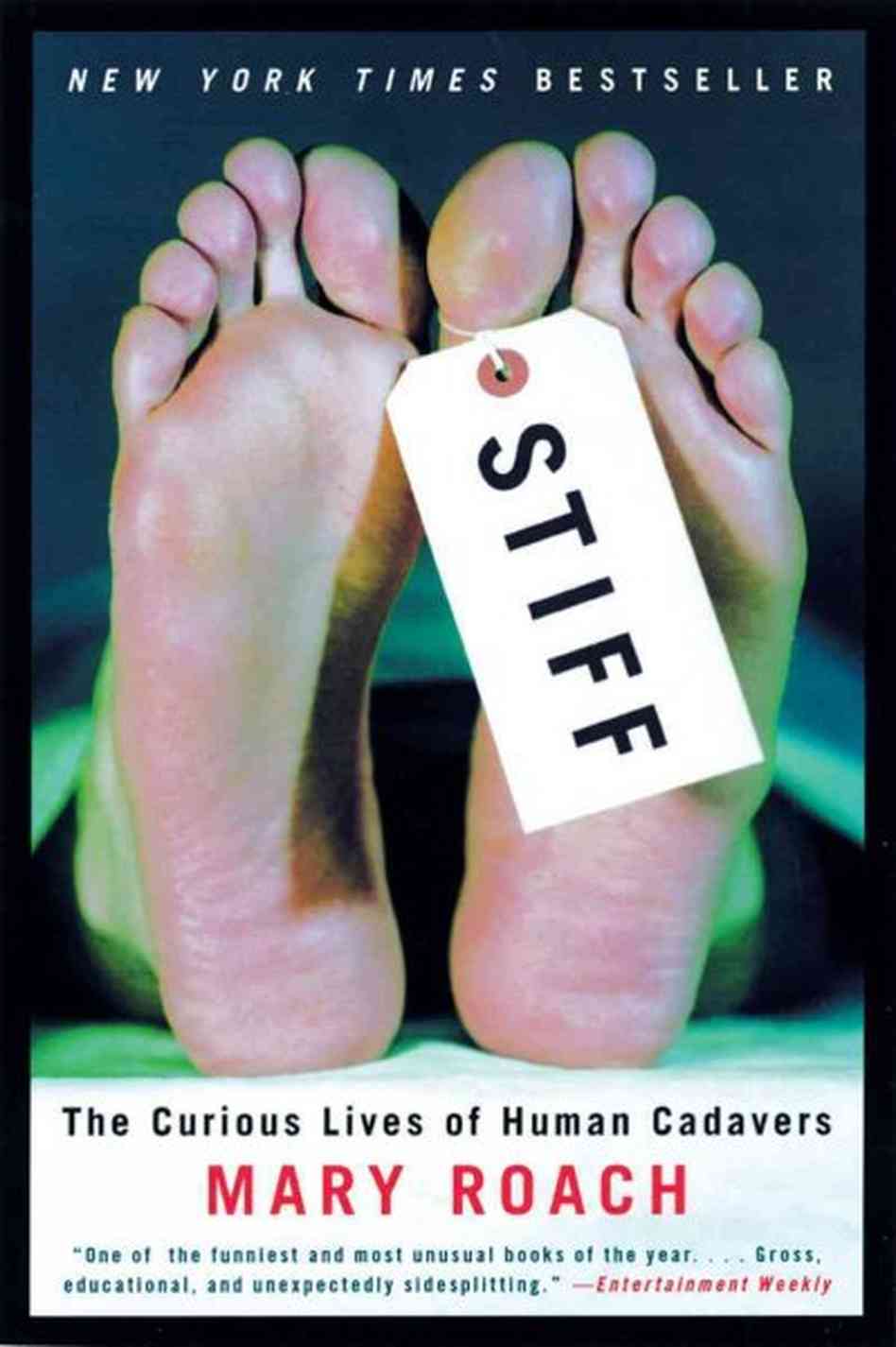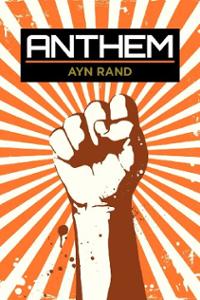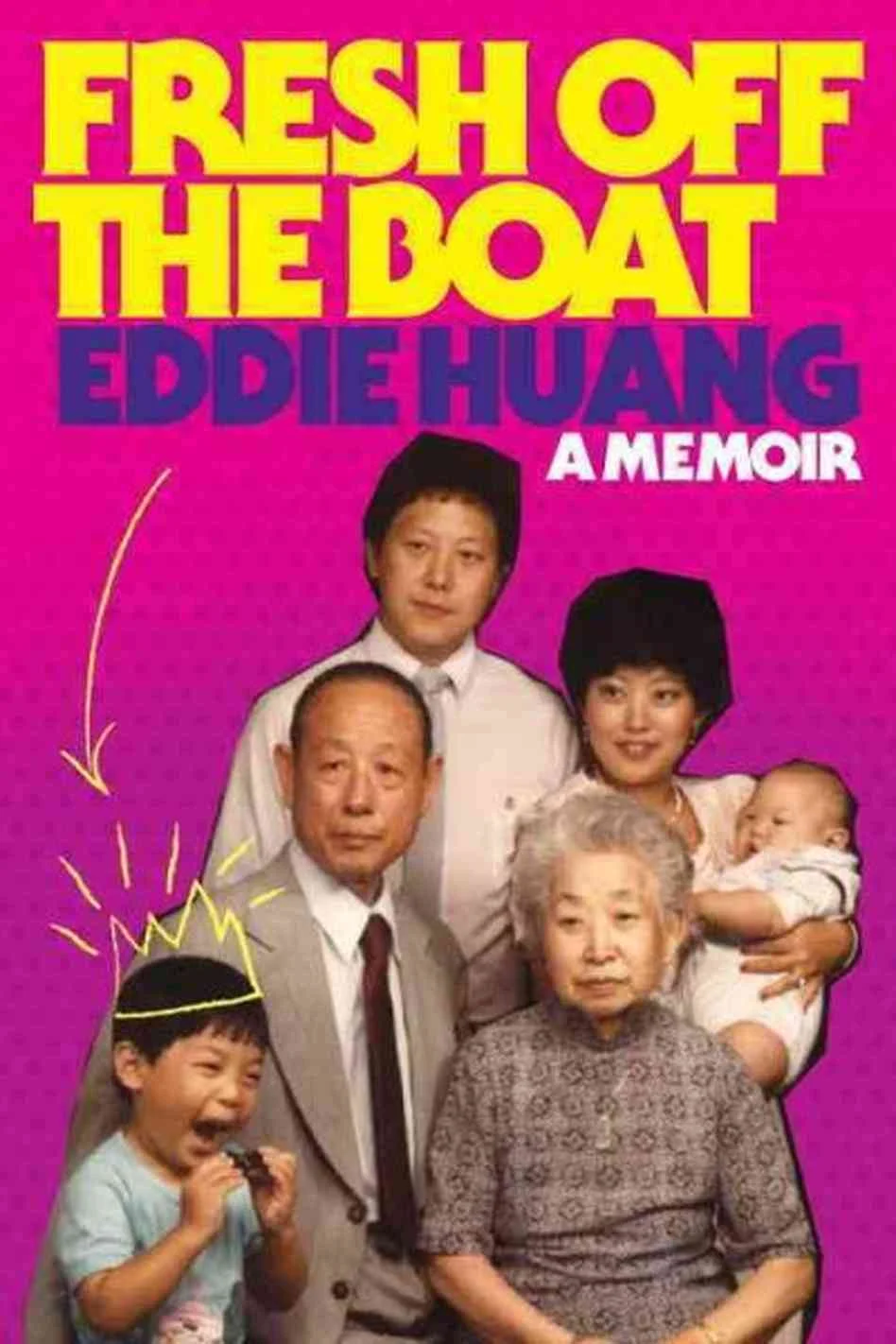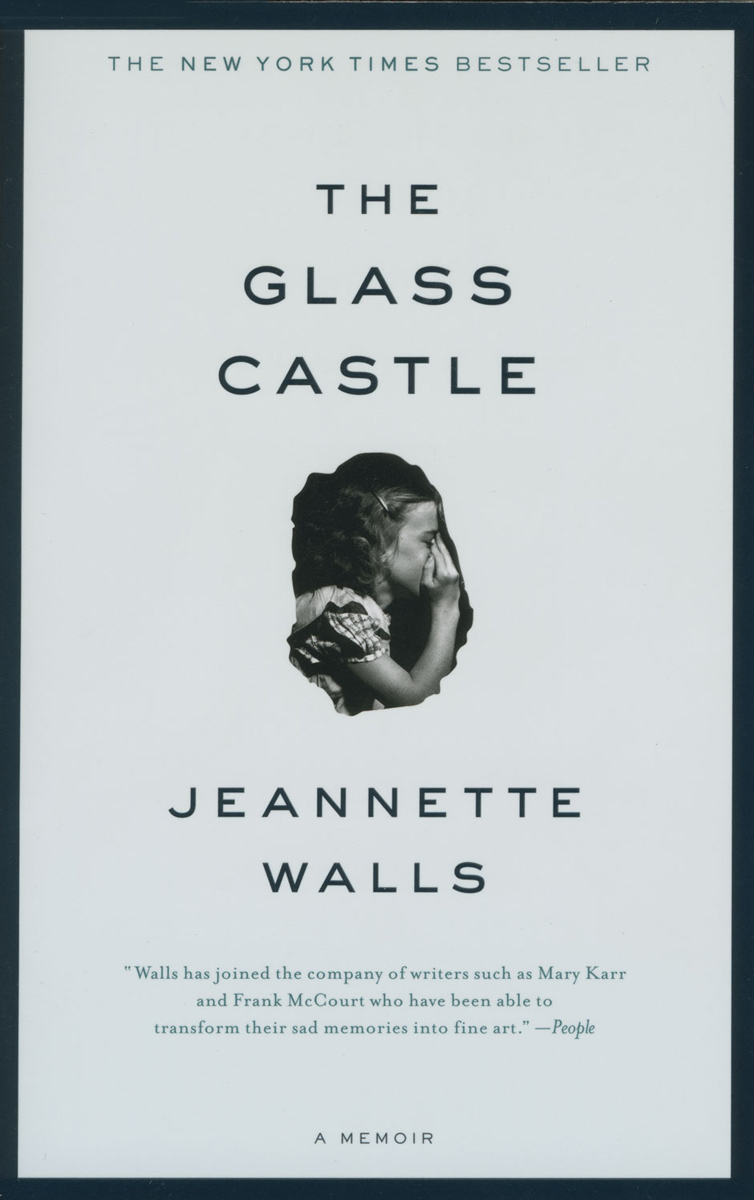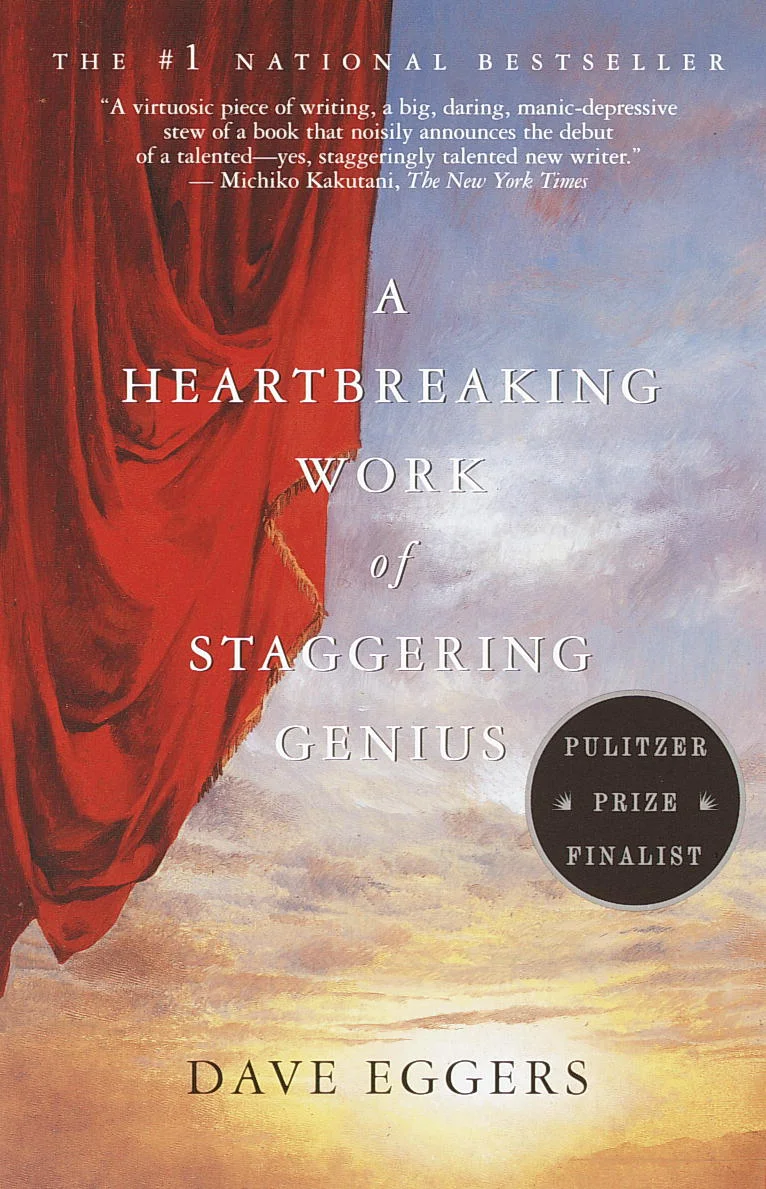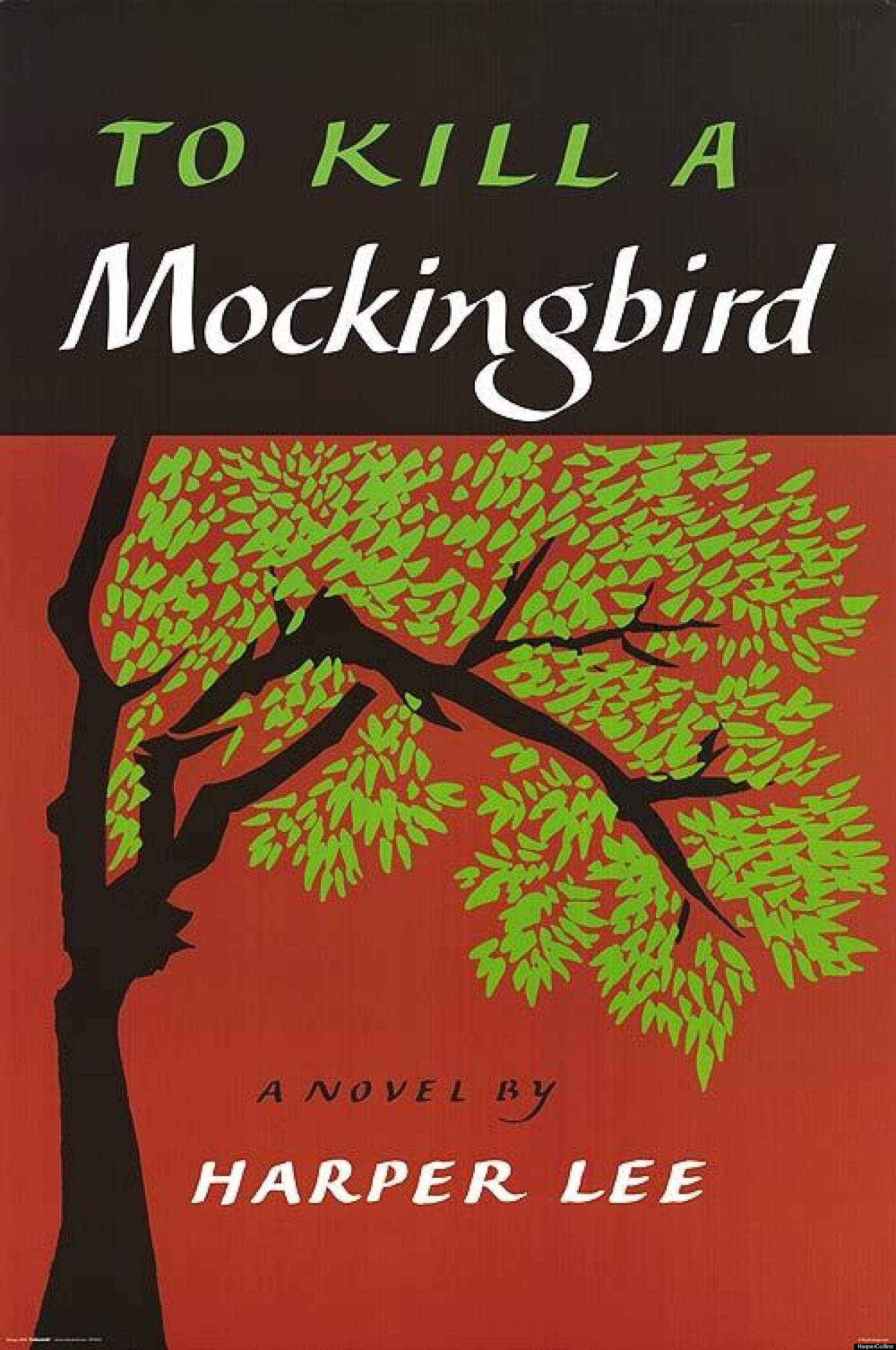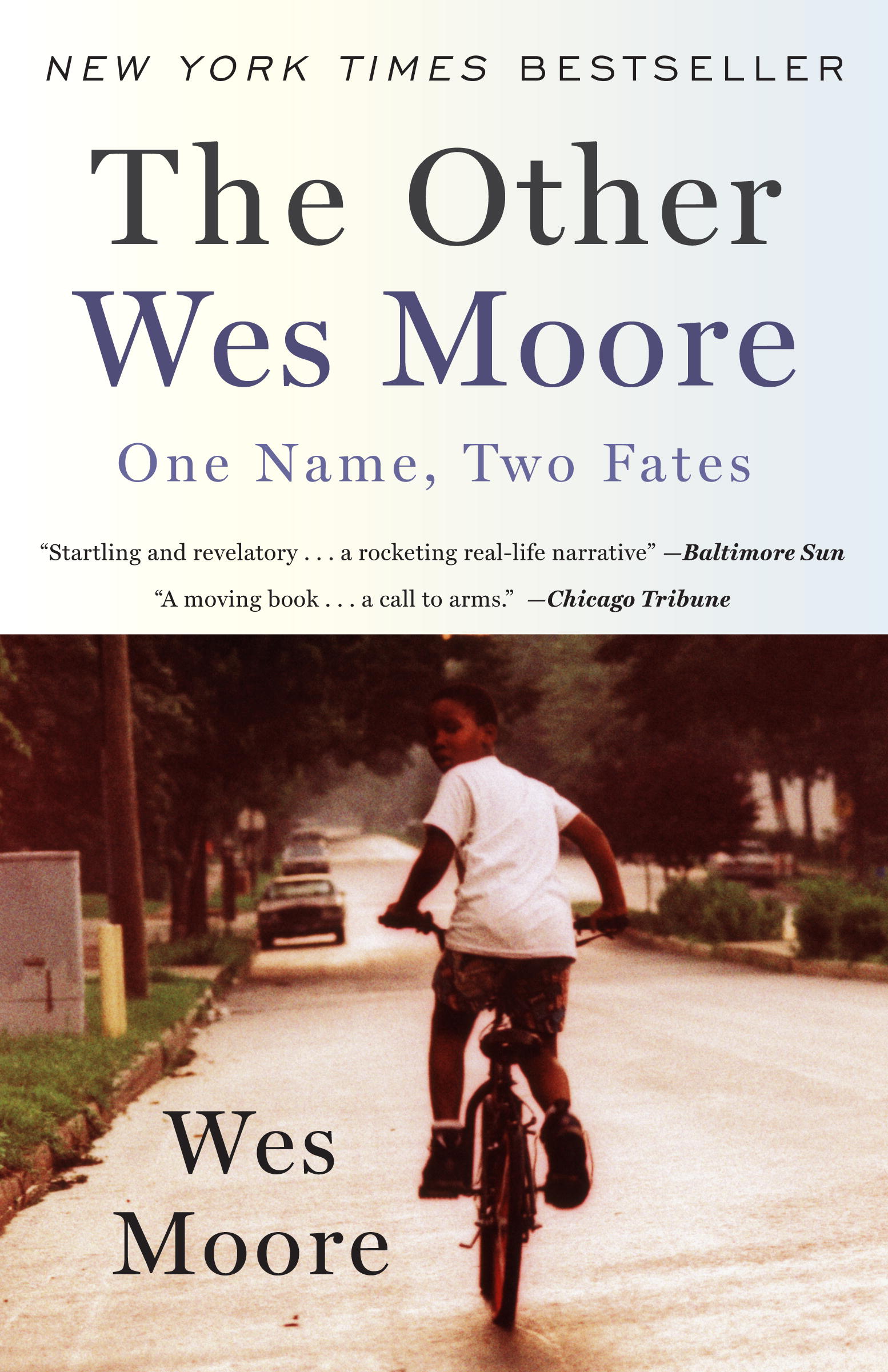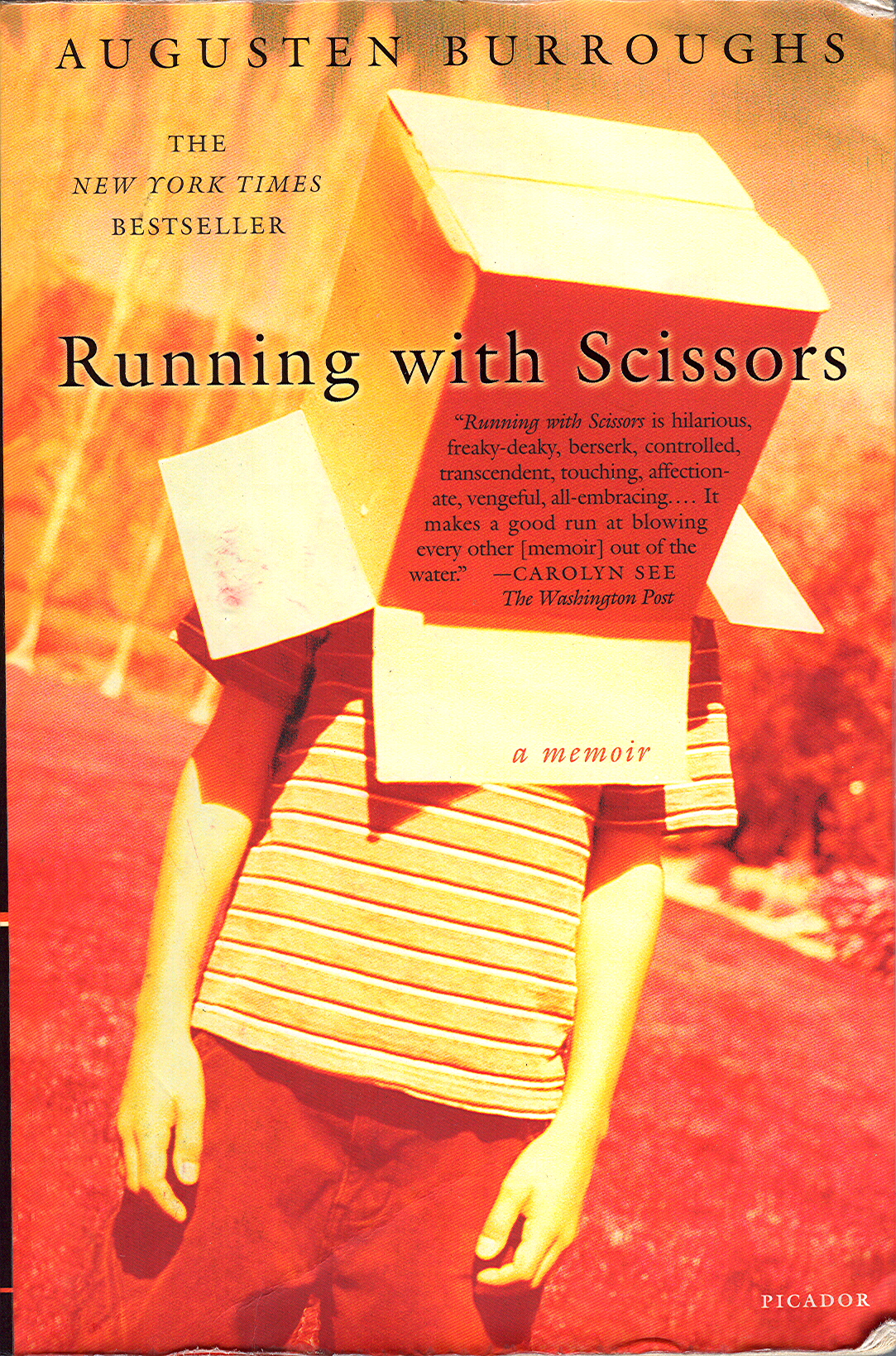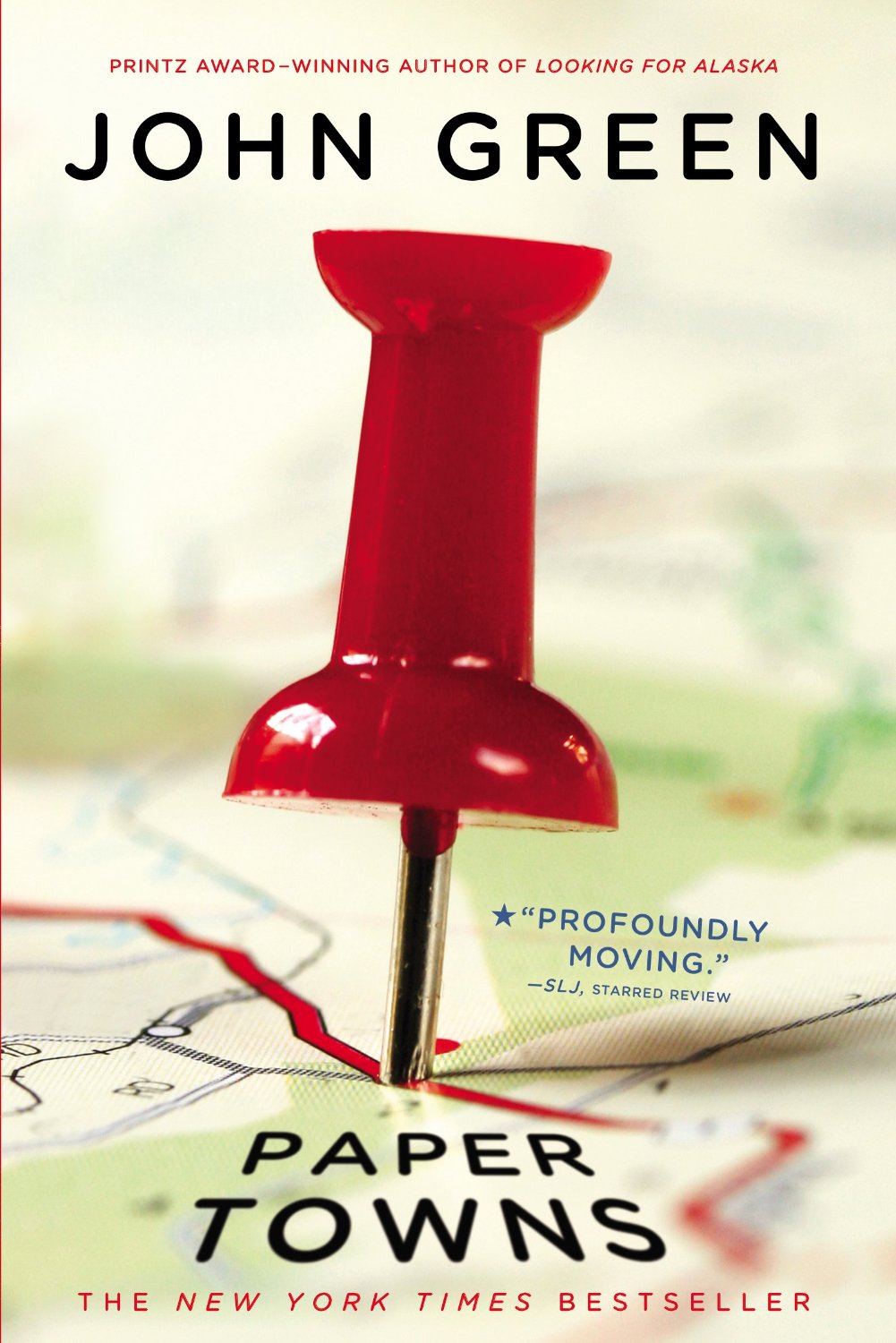D3. Book Clubs for Literature (G.9)
My theory is that students will remember reading works from the cannon, but if teachers match the themes in these works with high-interest independent reading, then students will be more comfortable discussing the common themes in class and continue discussing the independent reading for a much, much longer time in their academic and personal lives.
Horror
(Literature G. 9)
After reading the poetry and short stories of Edgar Allan Poe, students can dive into some inventive, albeit appropriate, horror novels. They can see how these books use suspense, literary devices, or ironic twists, and perhaps, they will notice a few moments that are directly inspired by Edgar Allan Poe himself.
Dystopia
(Literature G. 9)
Dystopian novels like The Hunger Games, The Maze Runner, and Divergent have become internal movie phenomena. To support their reading of the short stories "The Most Dangerous Game" and "Harrison Bergeron," students choose either a classic, influential dystopian novel or one that is one the cutting edge of today's publishing.
Travel and Transformation
(Literature G. 9)
The Odyssey is essentially the tale of a man leaving home, getting lost, and resolving his guilt when he comes back home. Throughout the epic poem, Odysseus travels across the Mediterranean Sea, fighting giant monsters and sea witches. Some will argue that Odysseus changes as a character, transforming into a more wise and humble king, but even those who question that optimistic analysis will agree that he and his men are magically transformed on a regular basis. Below are novels that, at their heart, are about two things---travel, either between countries, across oceans, or into space----and transformation, either internal or external.
Fate and Star-crossed Love
(Literature G. 9)
When reading Romeo and Juliet, the themes of fate, star-crossed love, violence, and youth keep resurfacing. Here, is a collection of diverse texts that comment on the same themes. There are moments of Shakespeare in all of these, even if it feels very, very, very different than Shakespeare himself.
The Century Cycle
(Literature G. 9)
August Wilson is one of America's greatest playwrights, and students can study his plays to learn about the different time periods of American history. Each one of his ten plays is set in a different time period, which means that students can jiggsaw the different plays and present a cohesive understanding of modern American history between the years 1900s and 1990s.
Memoirs, Autobiographies, and Life Stories
(Literature G. 9)
When researching young professionals and developing their own professional brand, students should also read about role models. Here are some possible memoirs, autobiographies, and biographies that students could choose to read. There are of course many, many, many other options.
Non-Fiction
(Literature G. 9)
Non-Fiction does not have to be boring. In fact, these books by Malcolm Gladwell and Mary Roach are popular because they are as entertaining as they are insightful. Students can read about psychology and the science of the strange. These are good titles for a standalone unit or as support for a creative non-fiction title like The Immortal Life of Henrietta Lacks.
Overcoming Obstacles
(Literature G. 9)
These coming-of-age stories are about growing up, fighting the odds, and making sense of the world. These books can serve as touchstones for being able to relate to The House on Mango Street and The Other Wes Moore.
